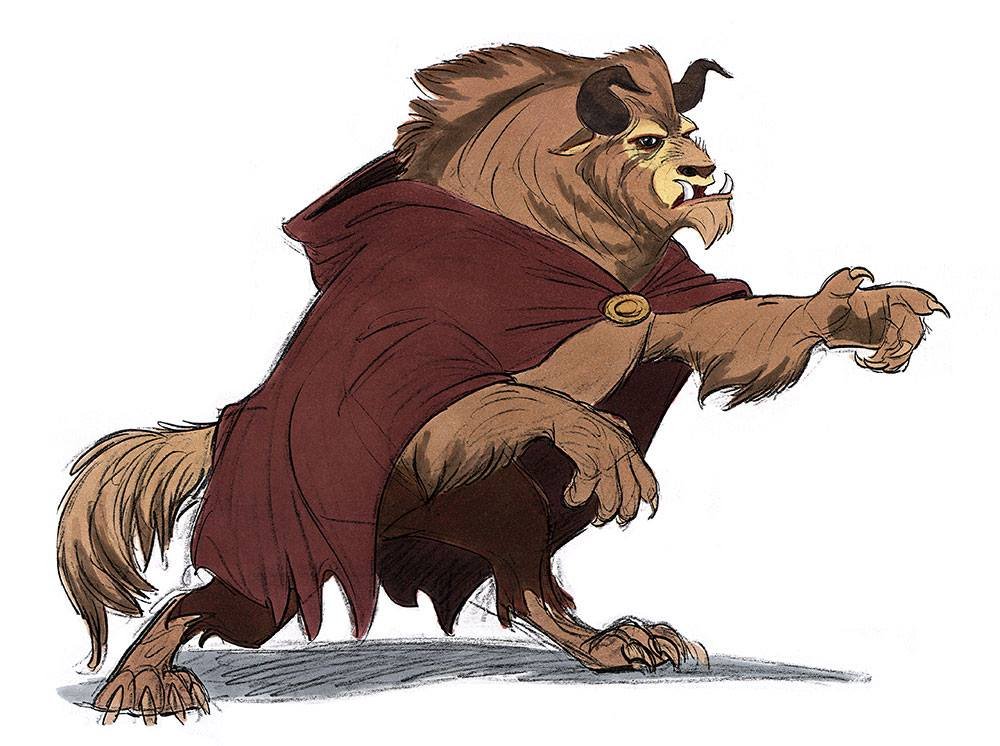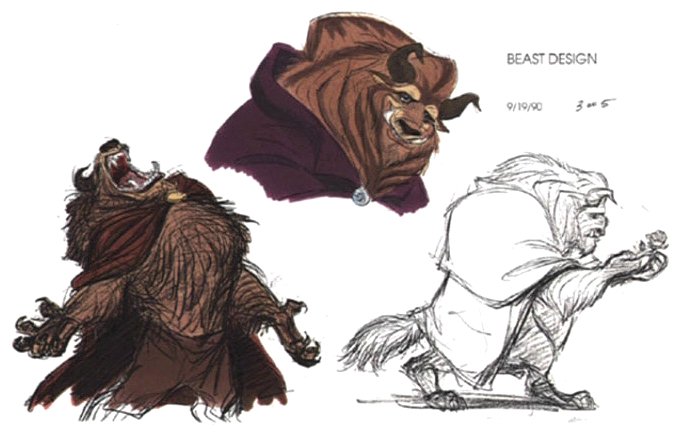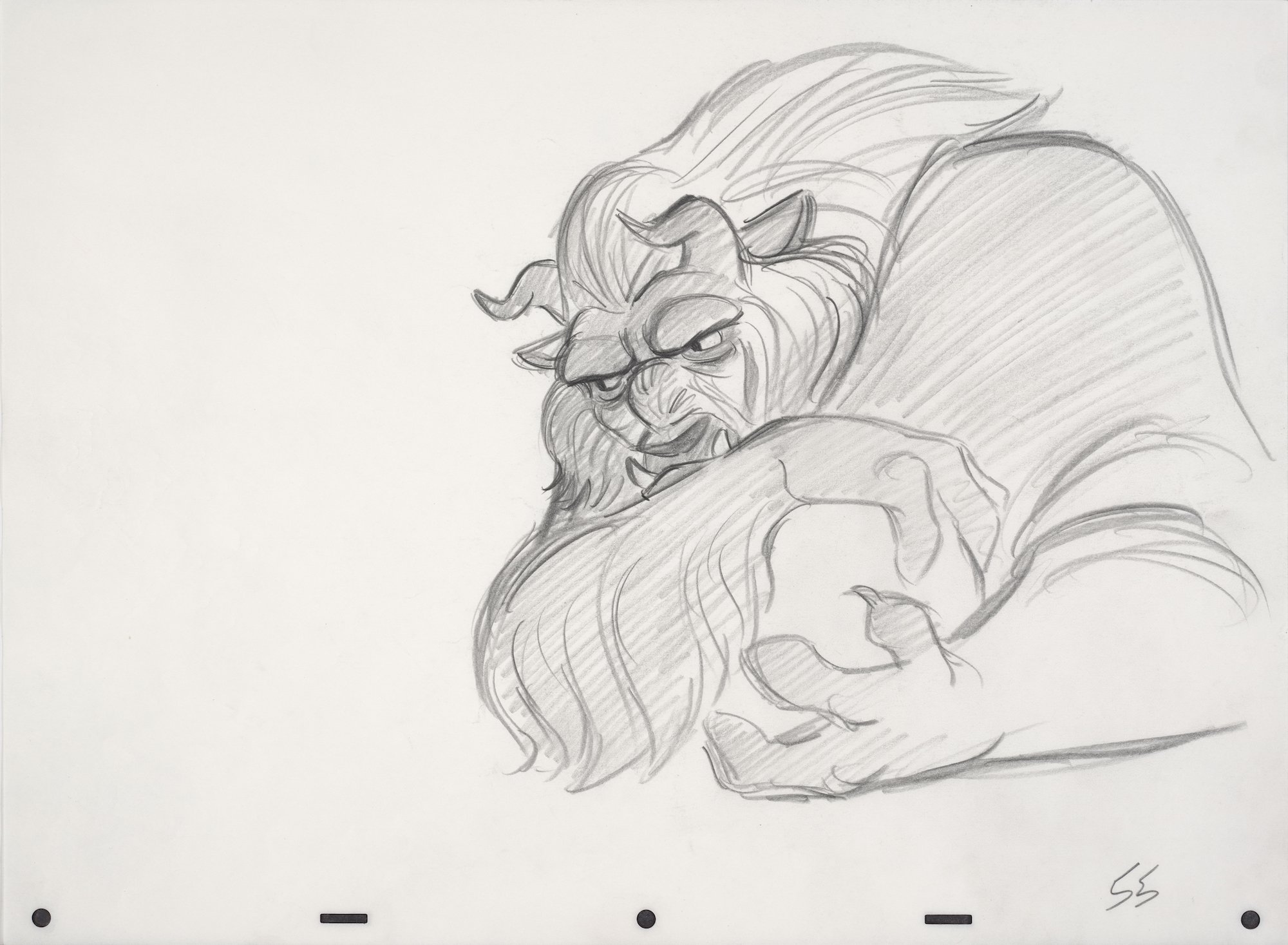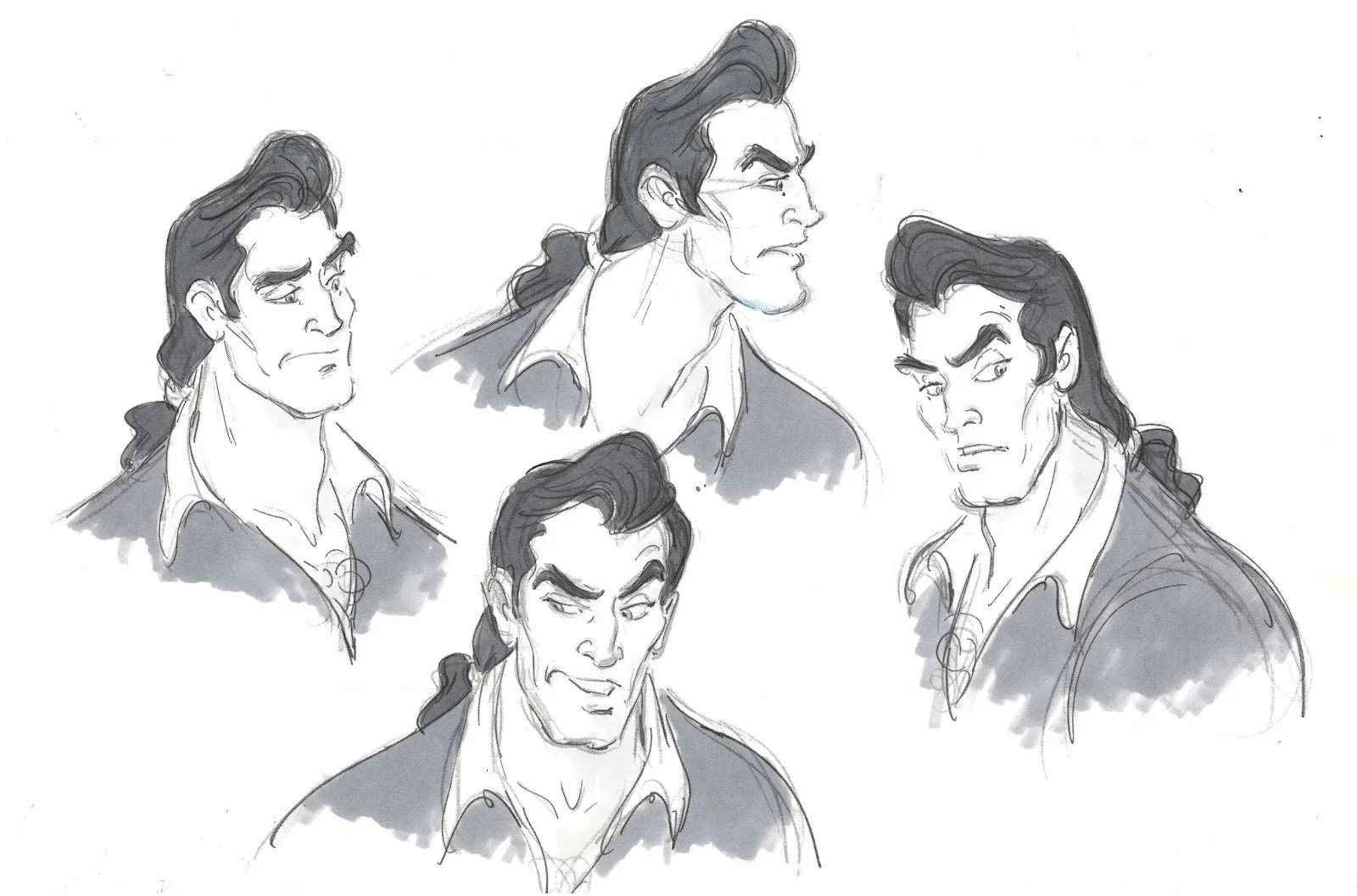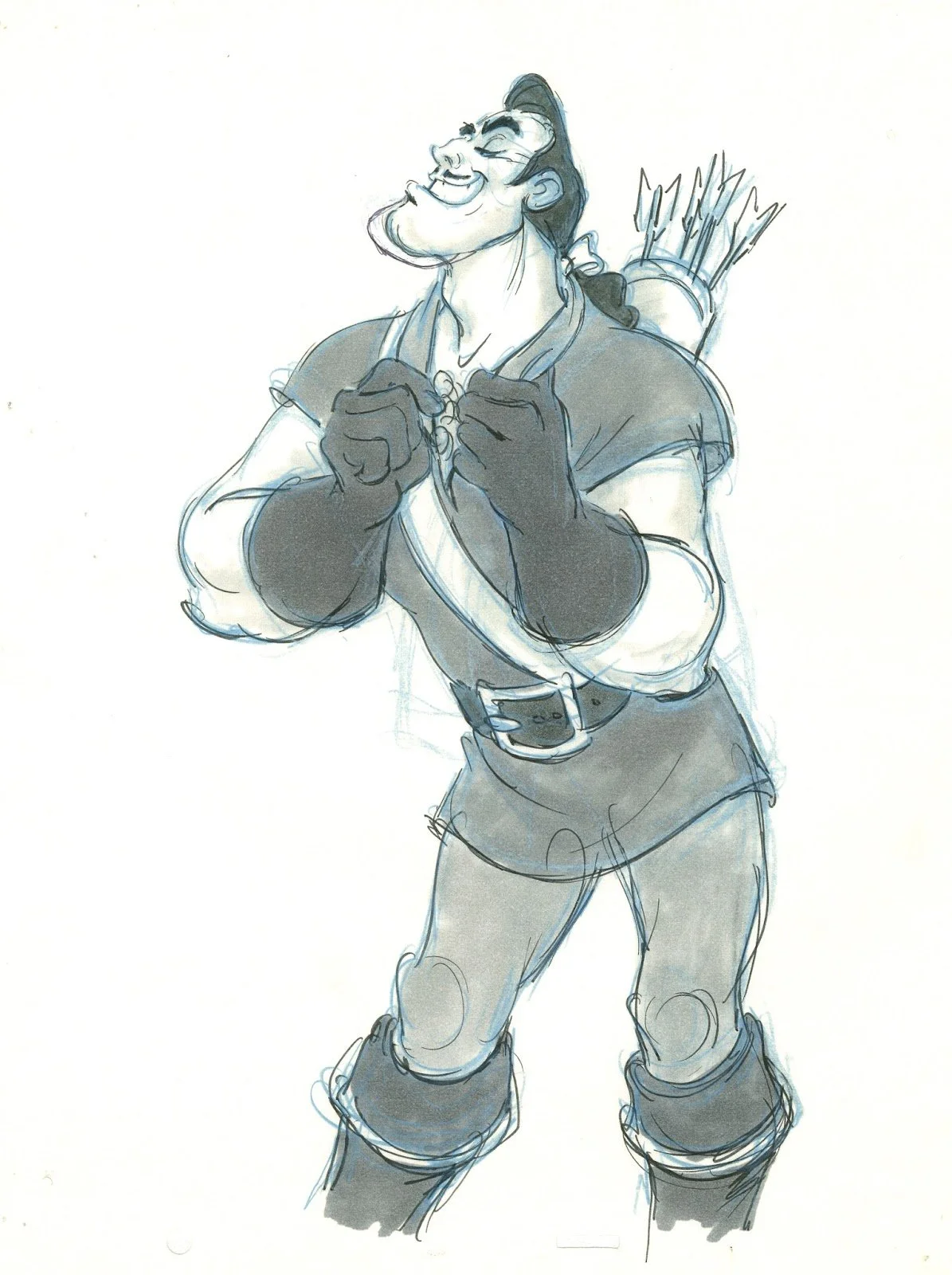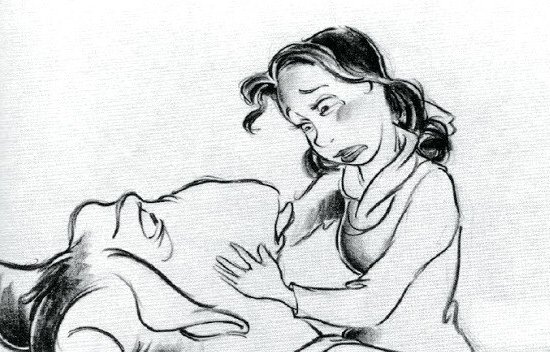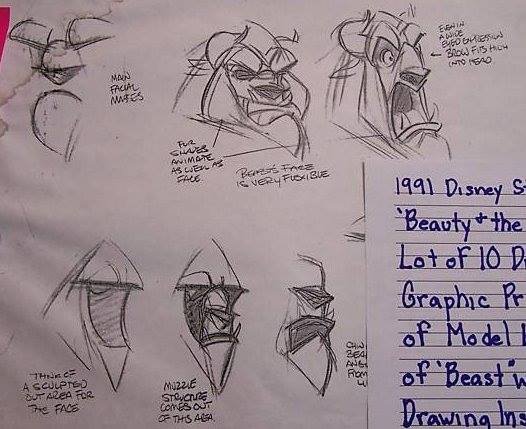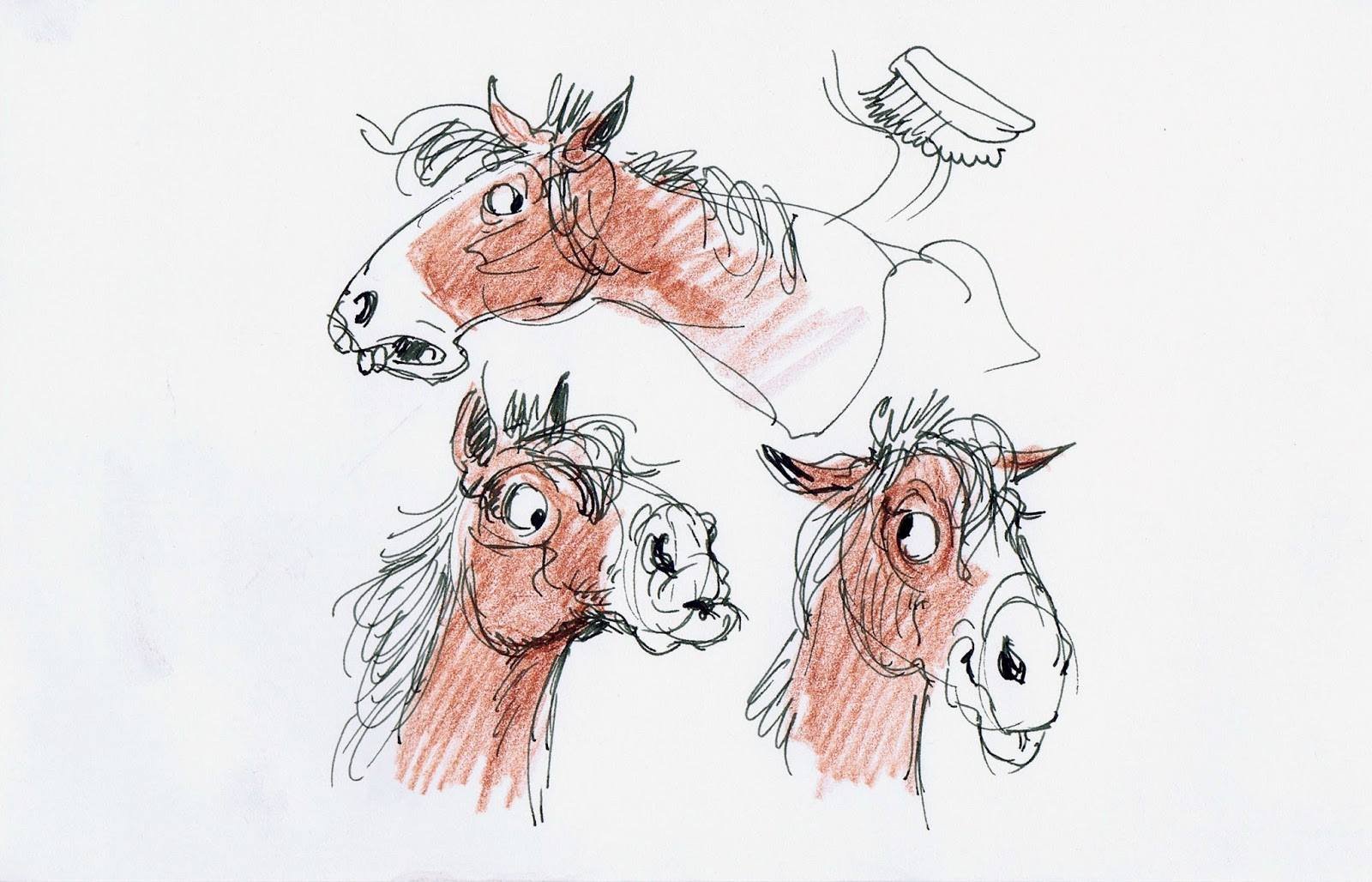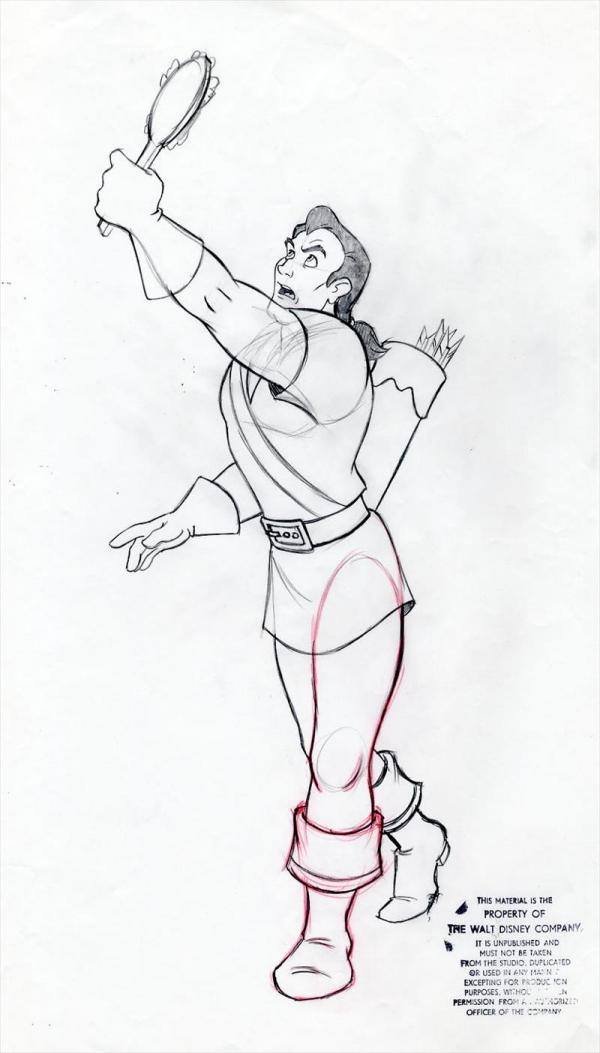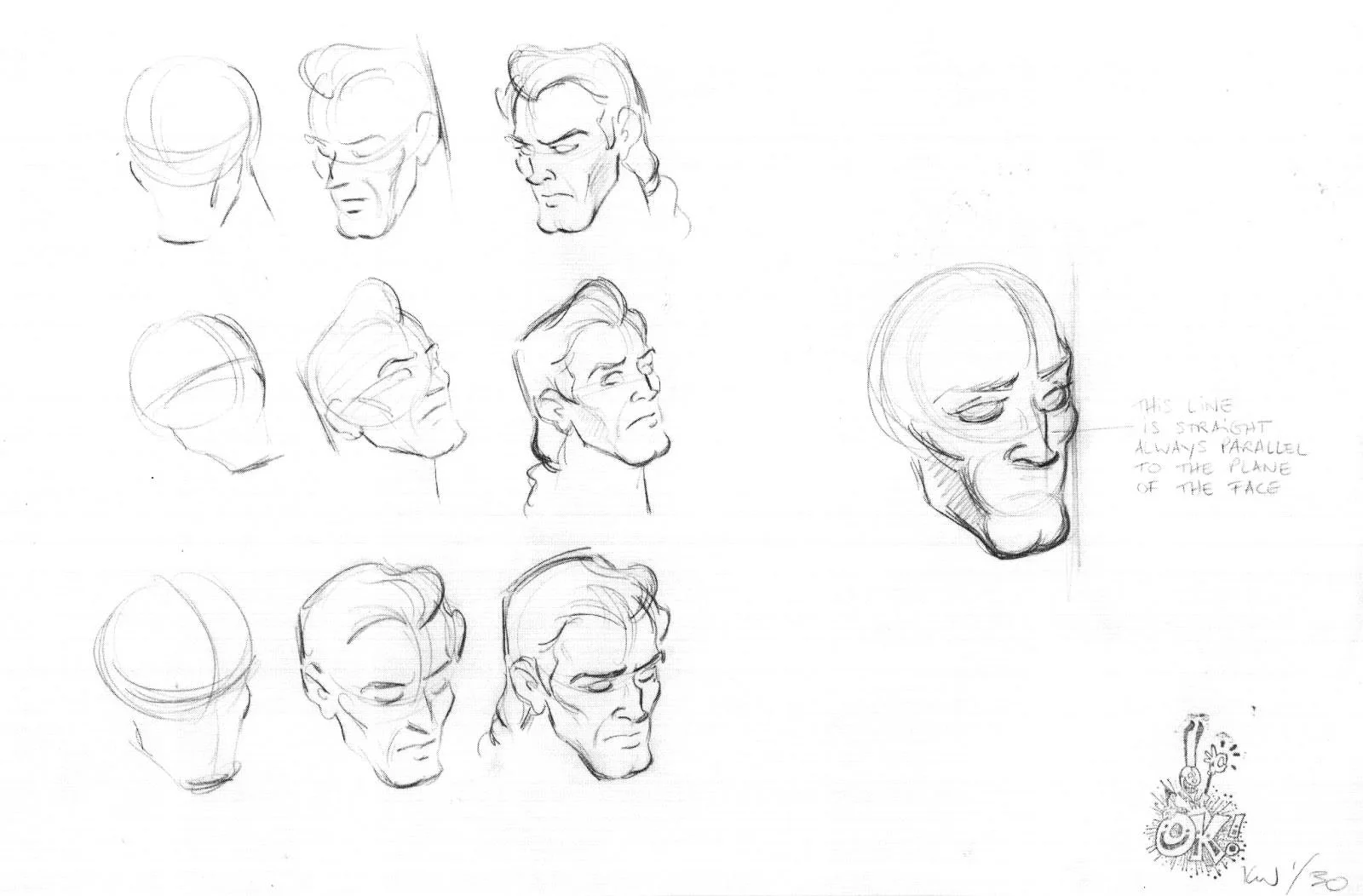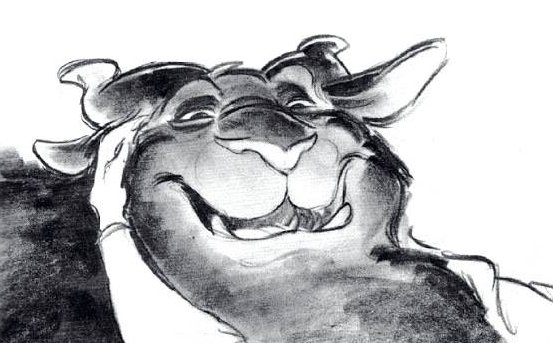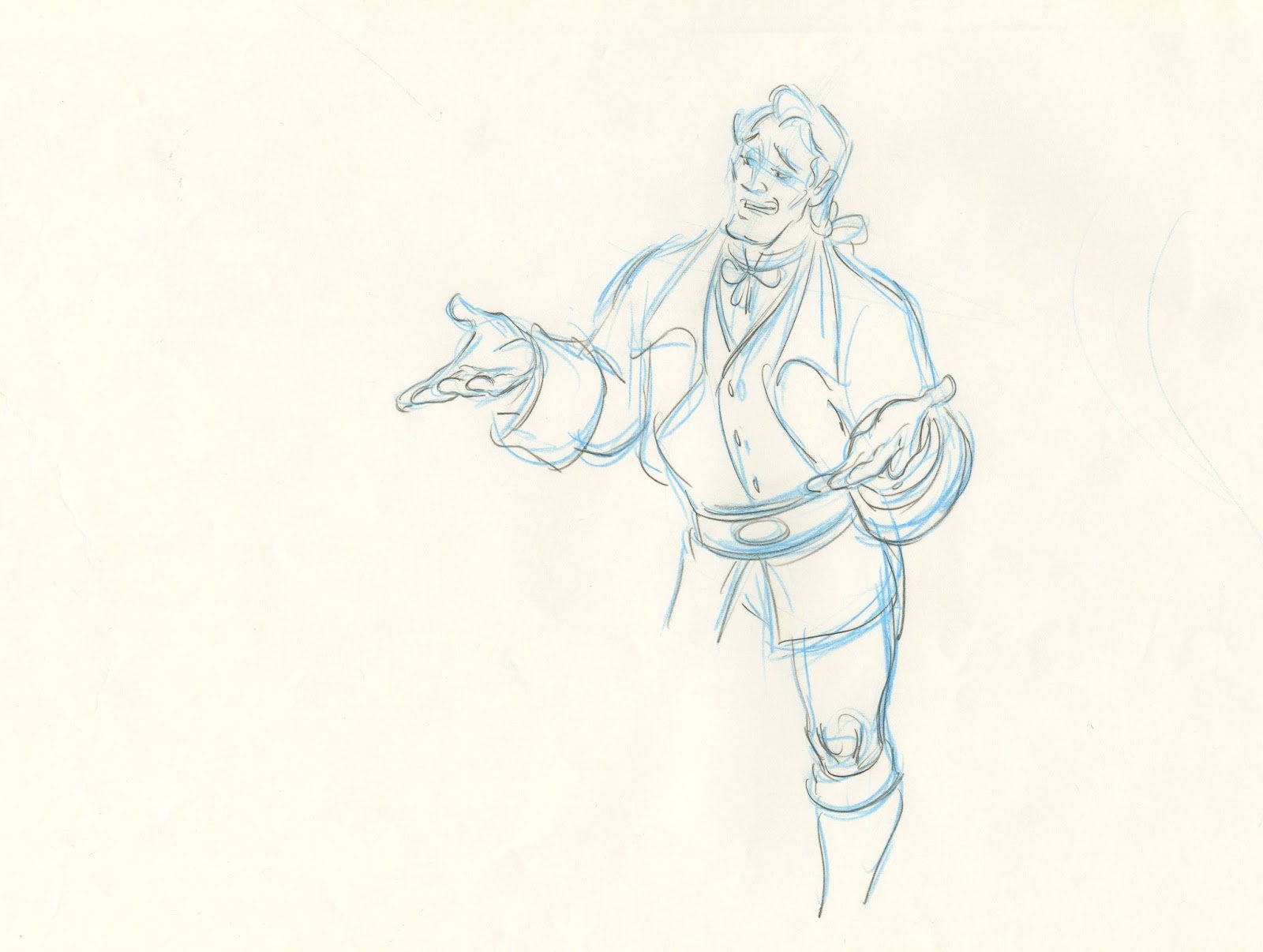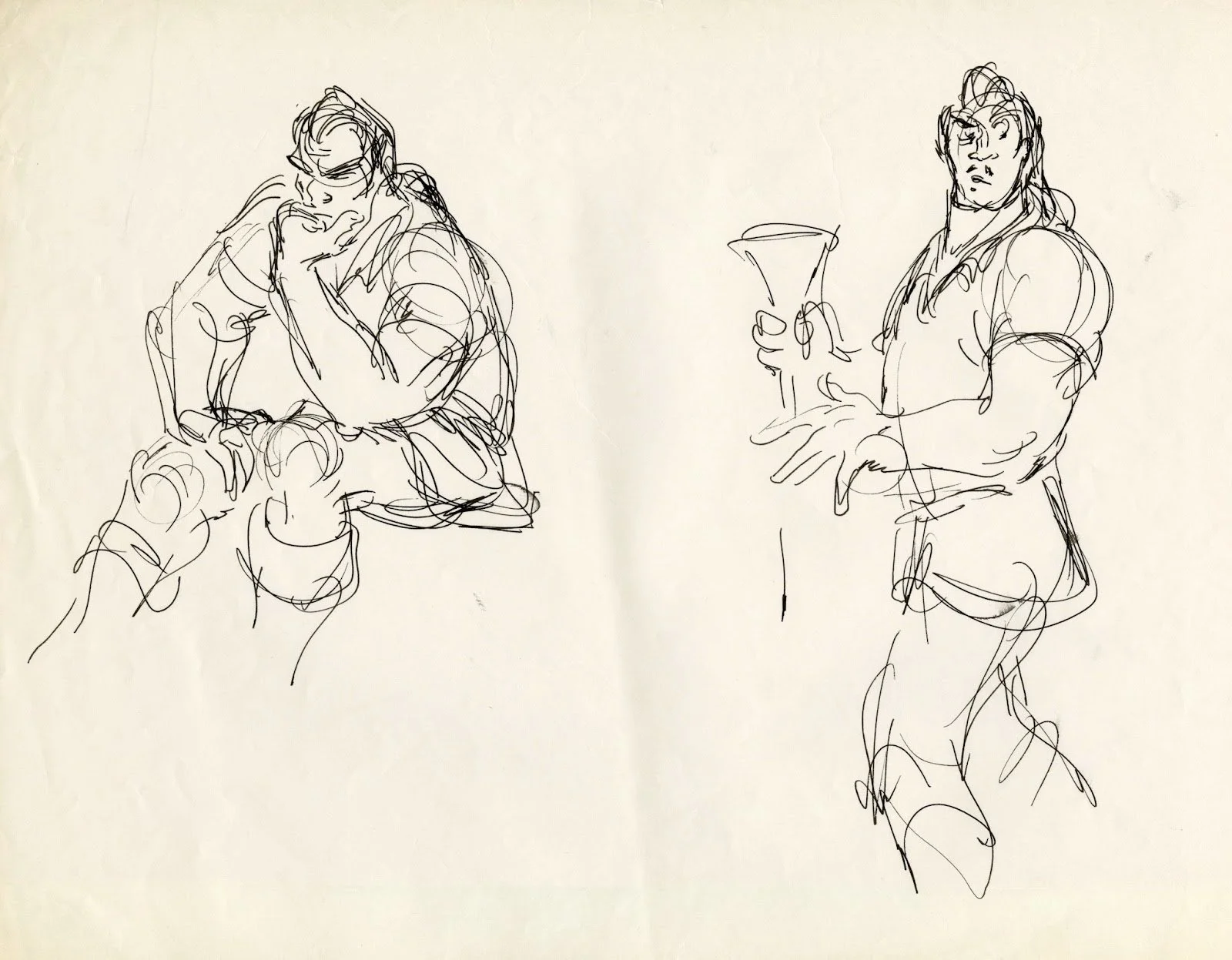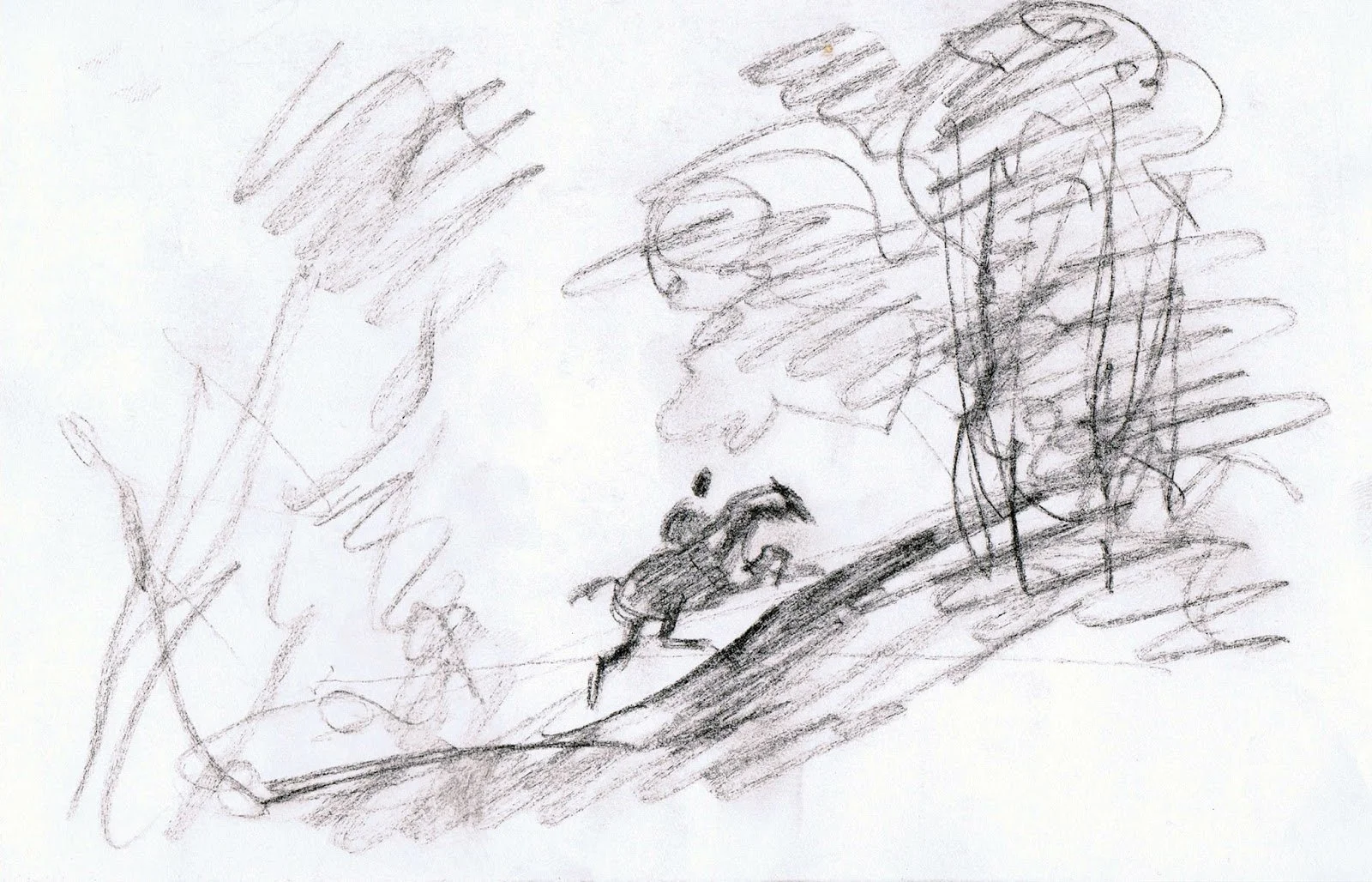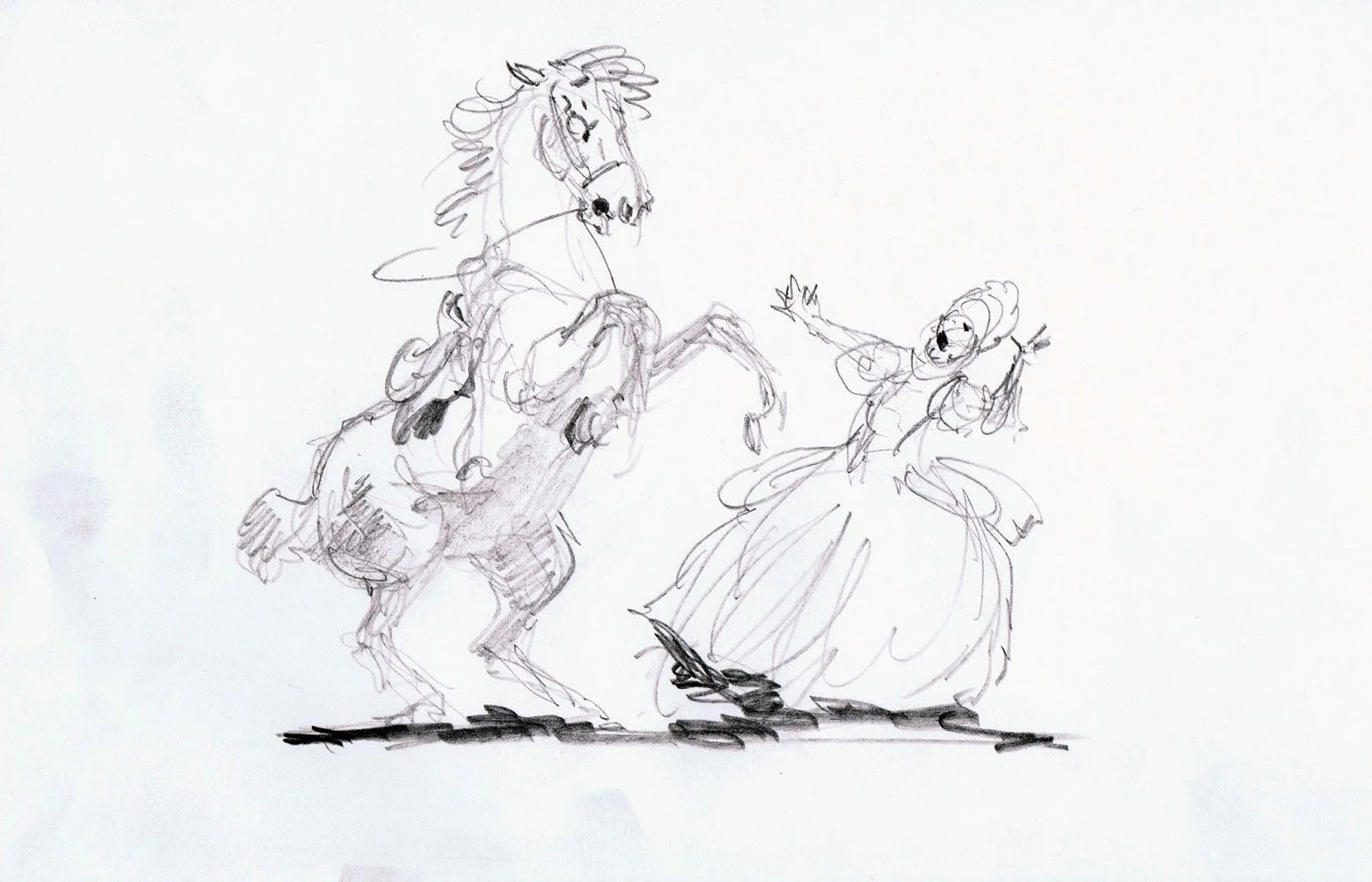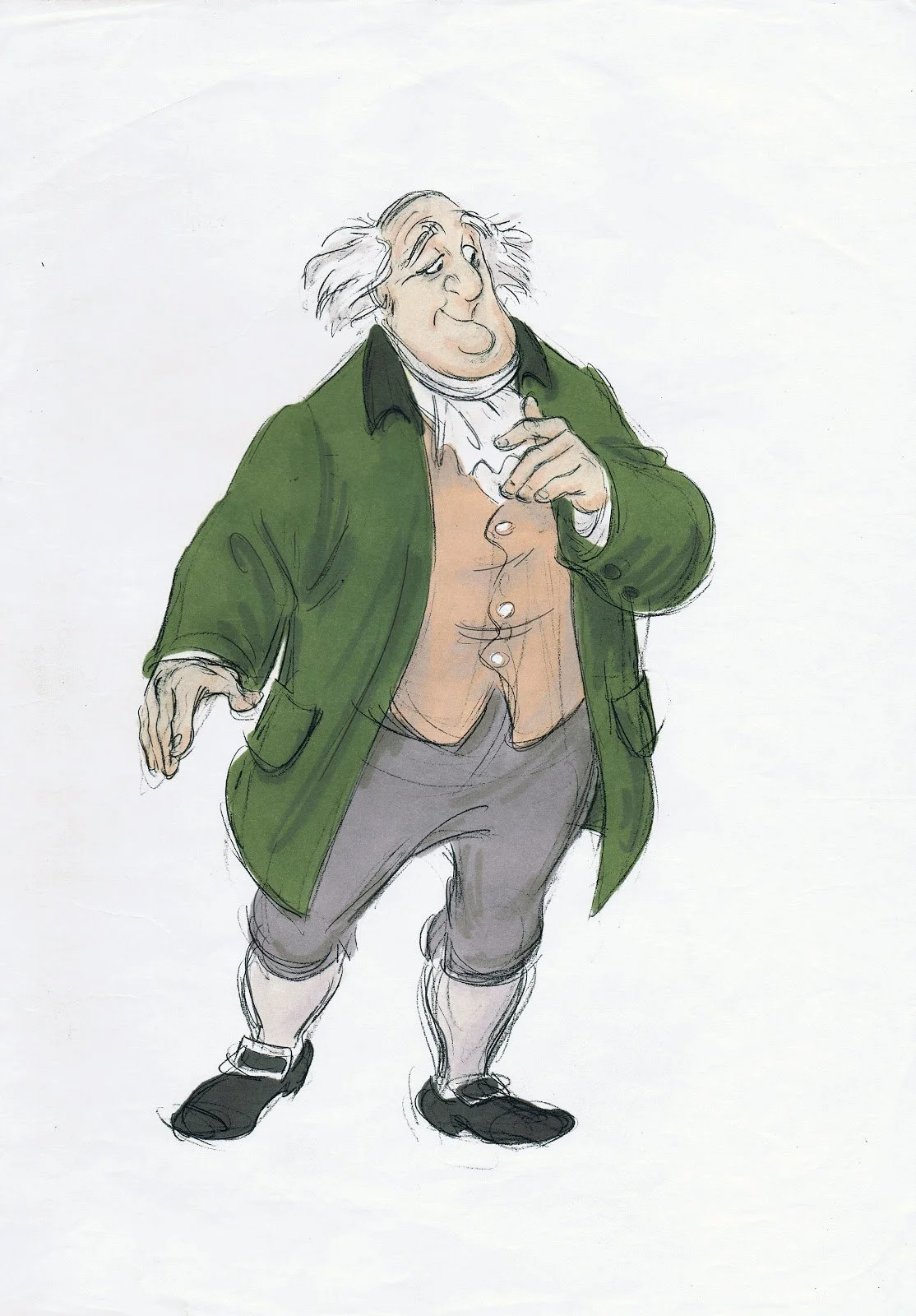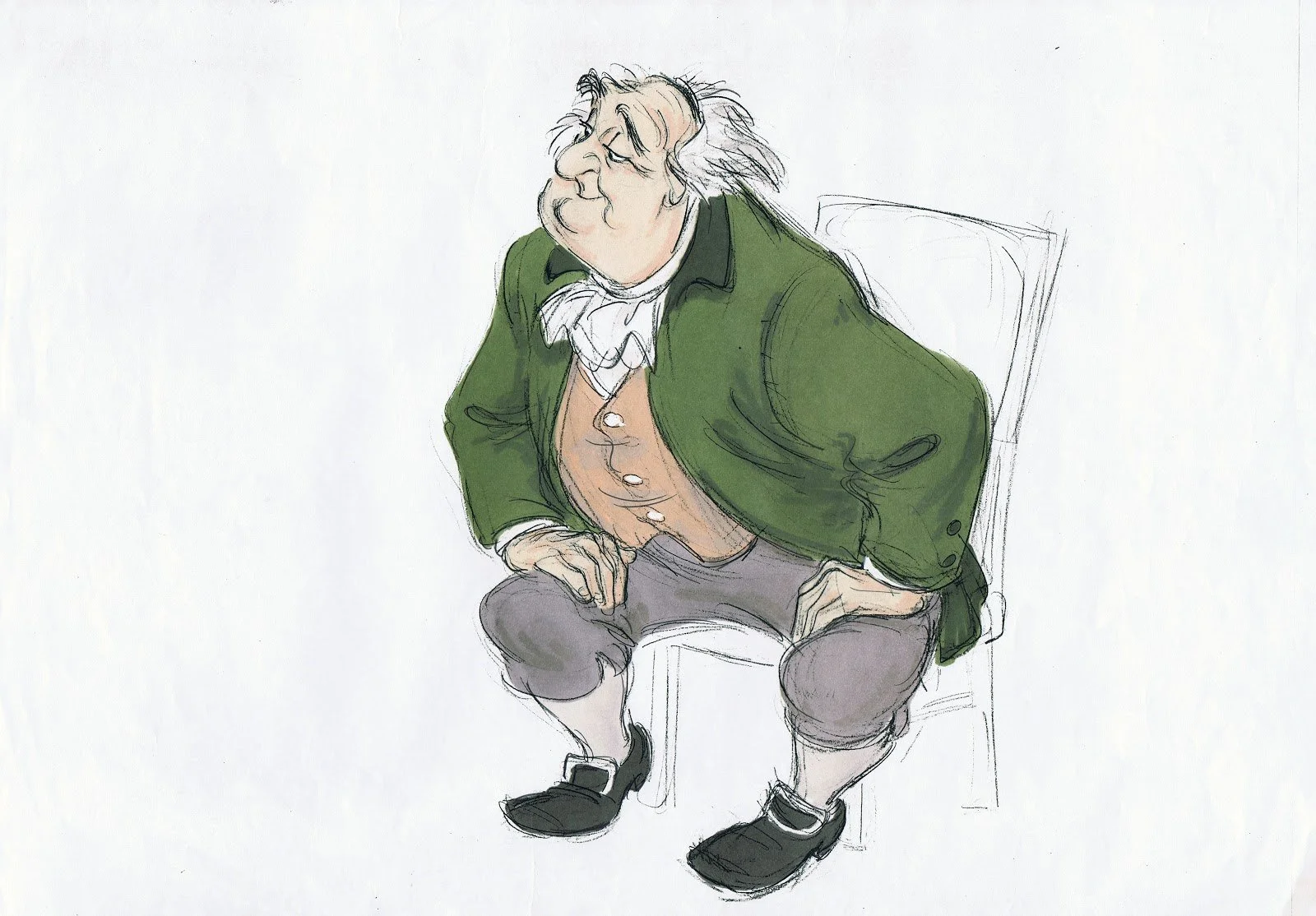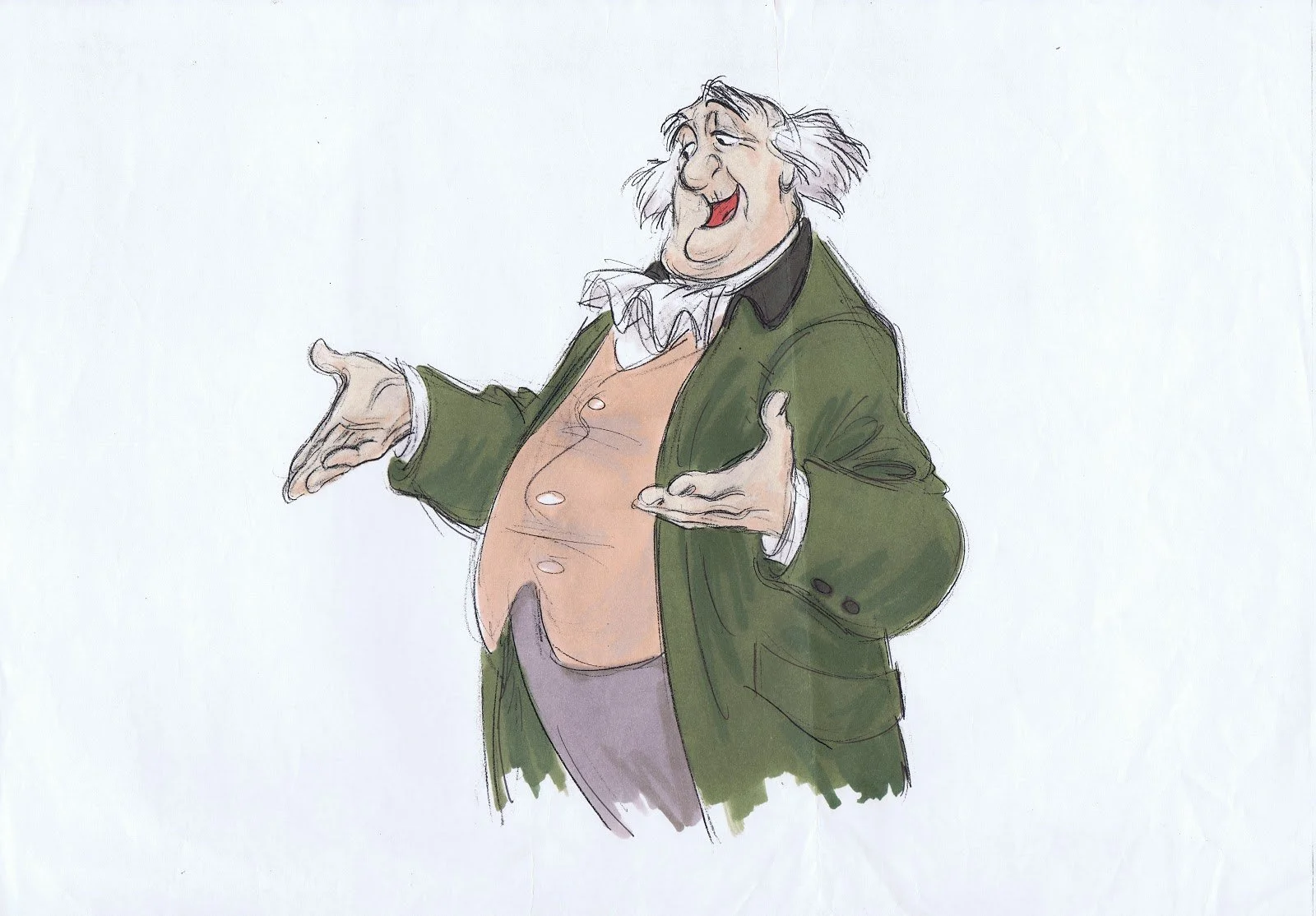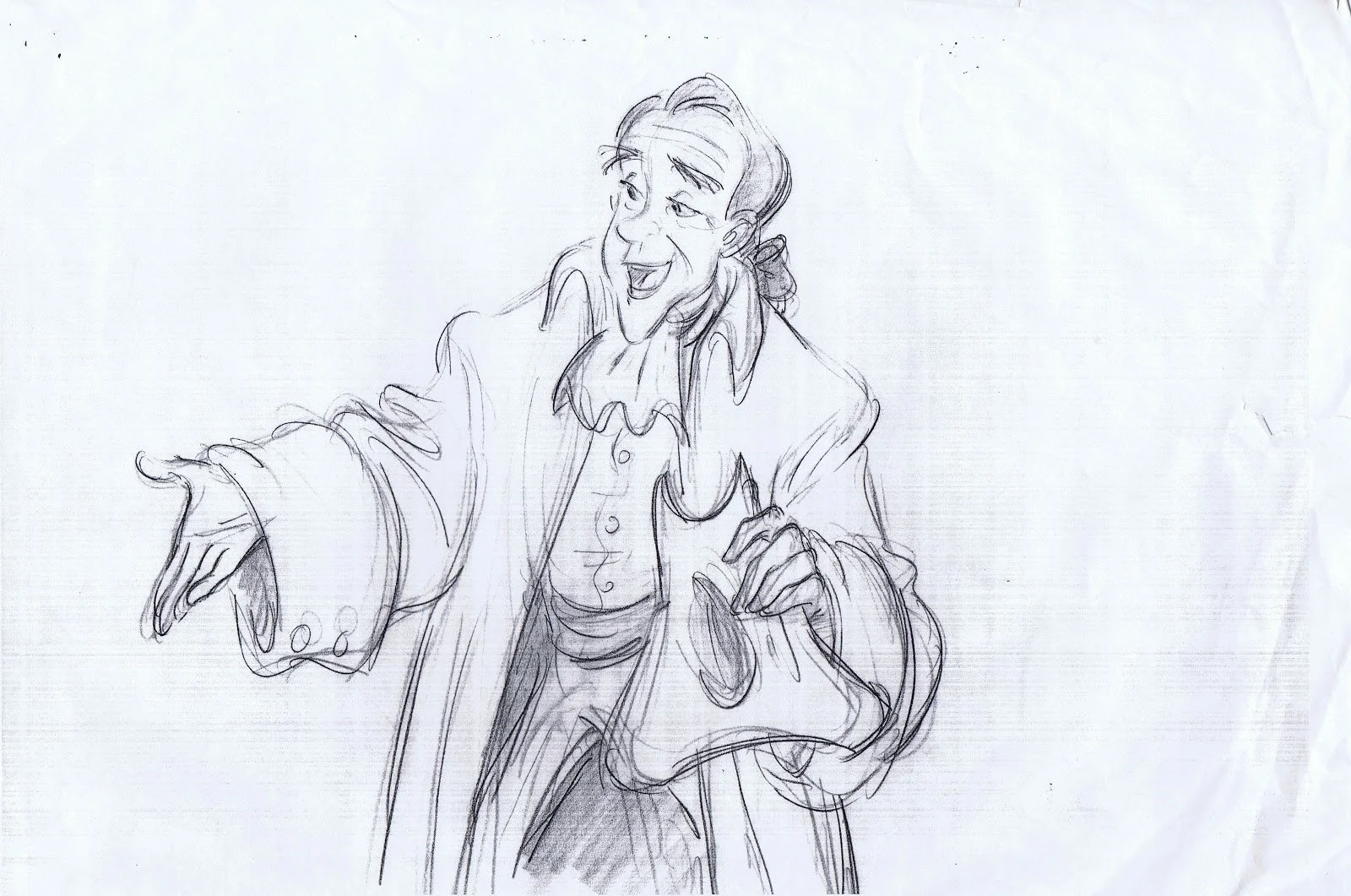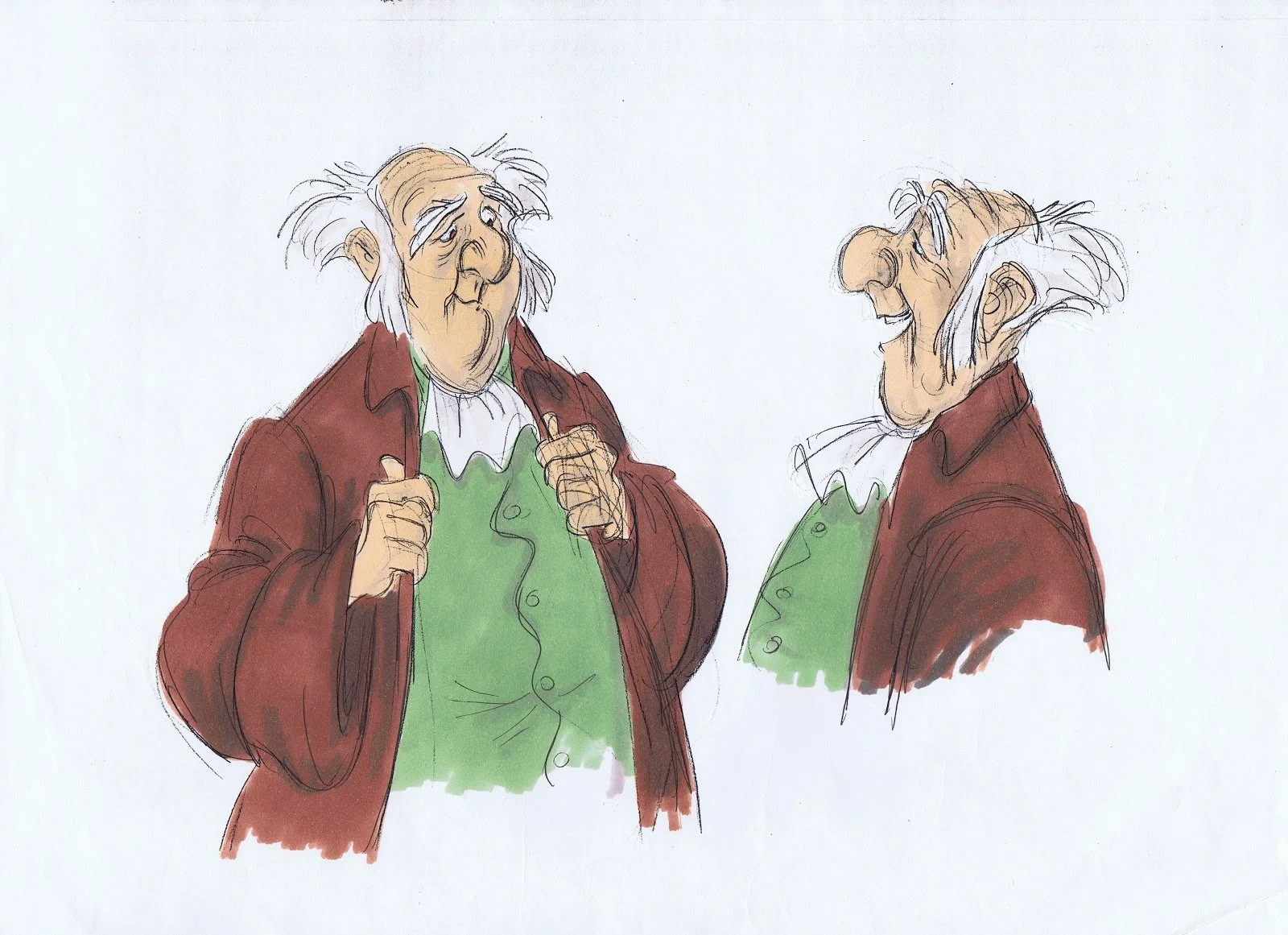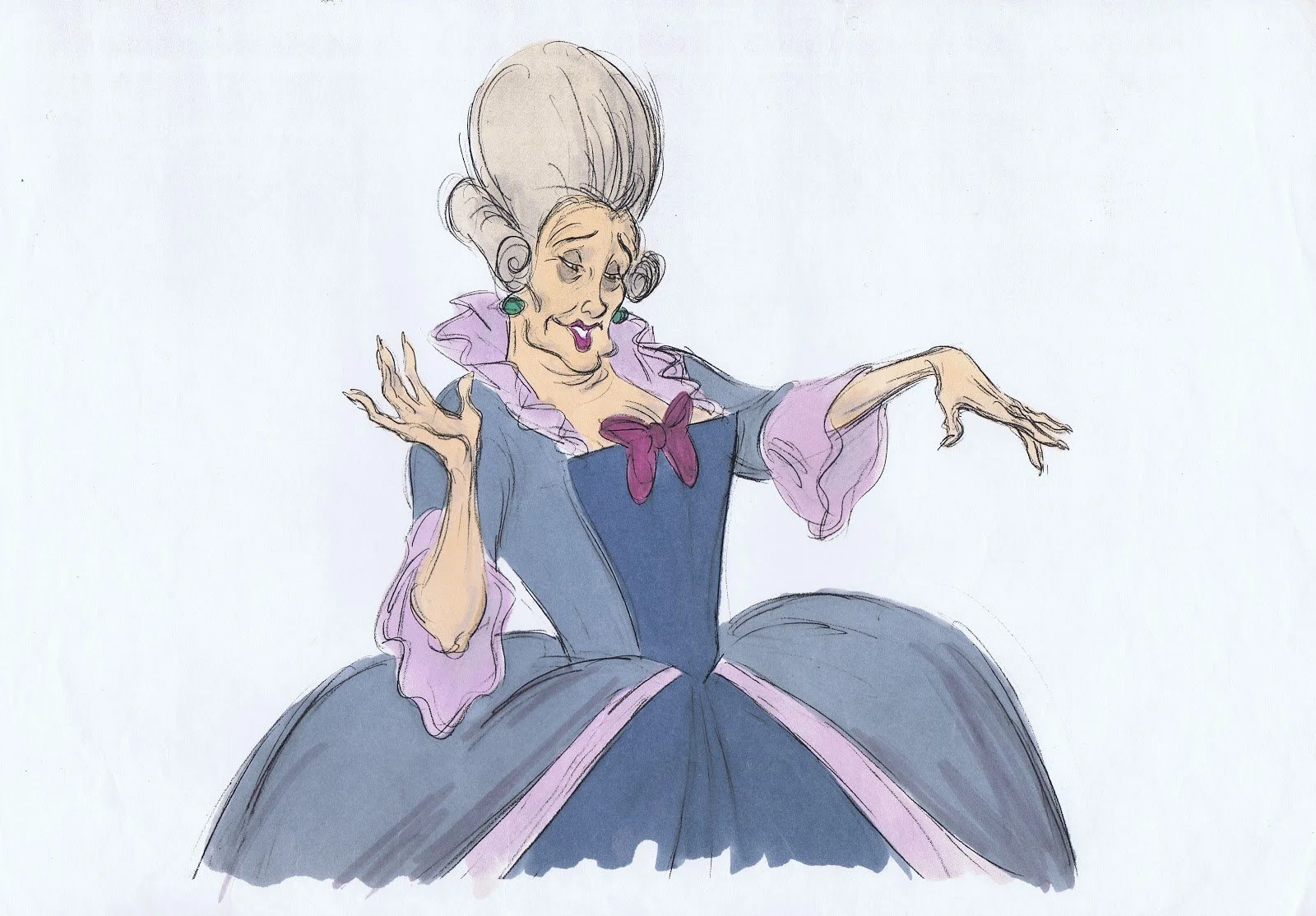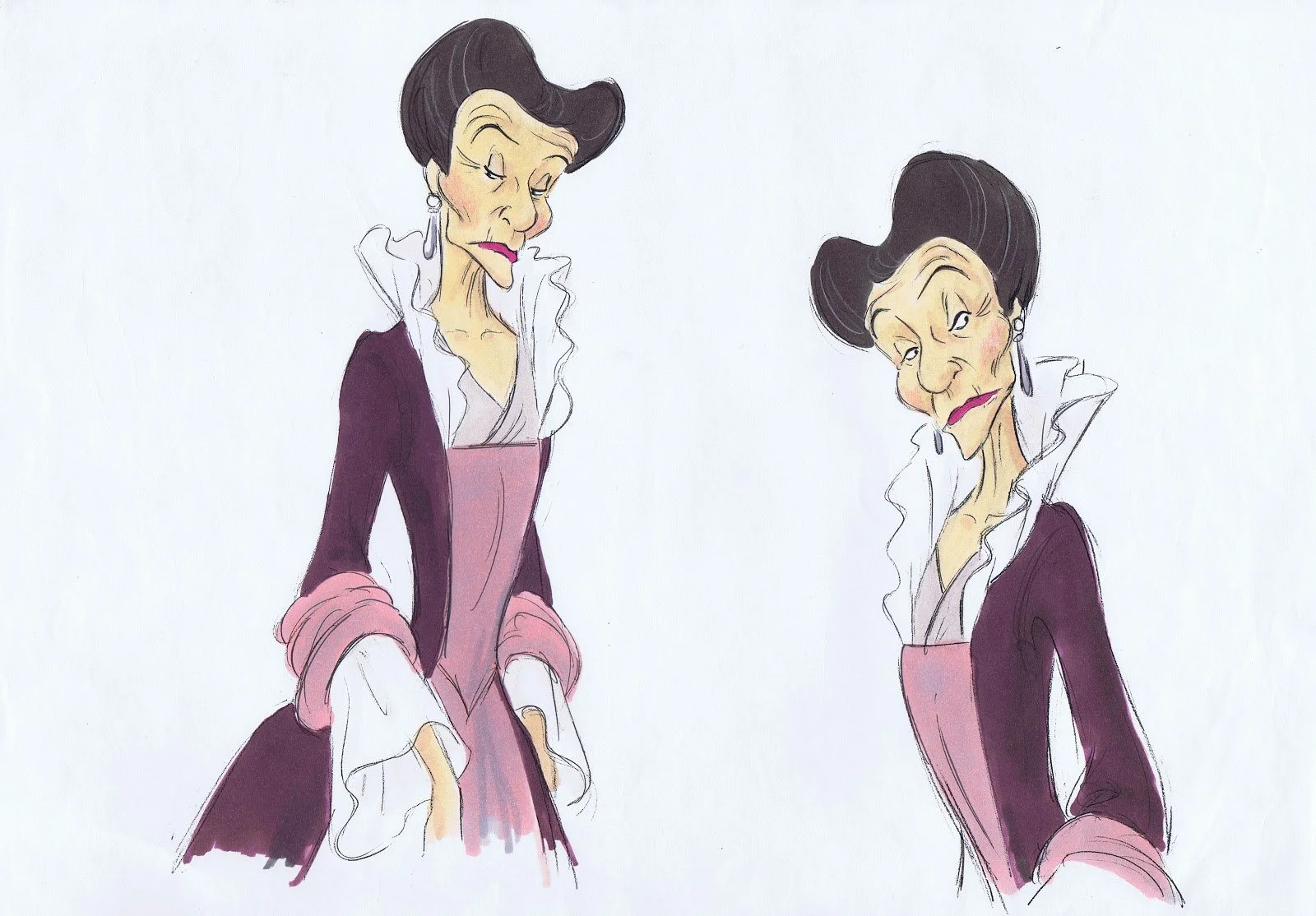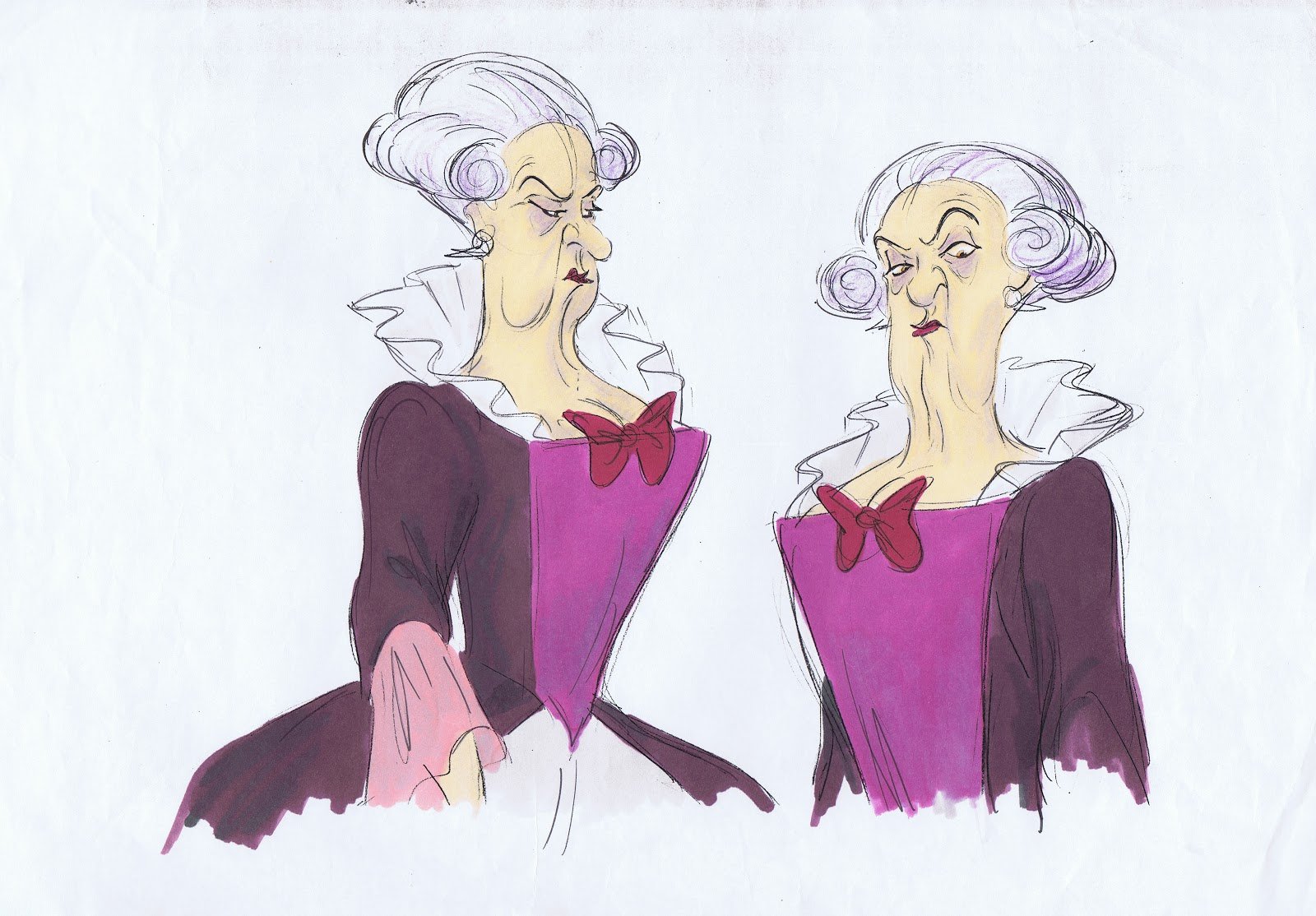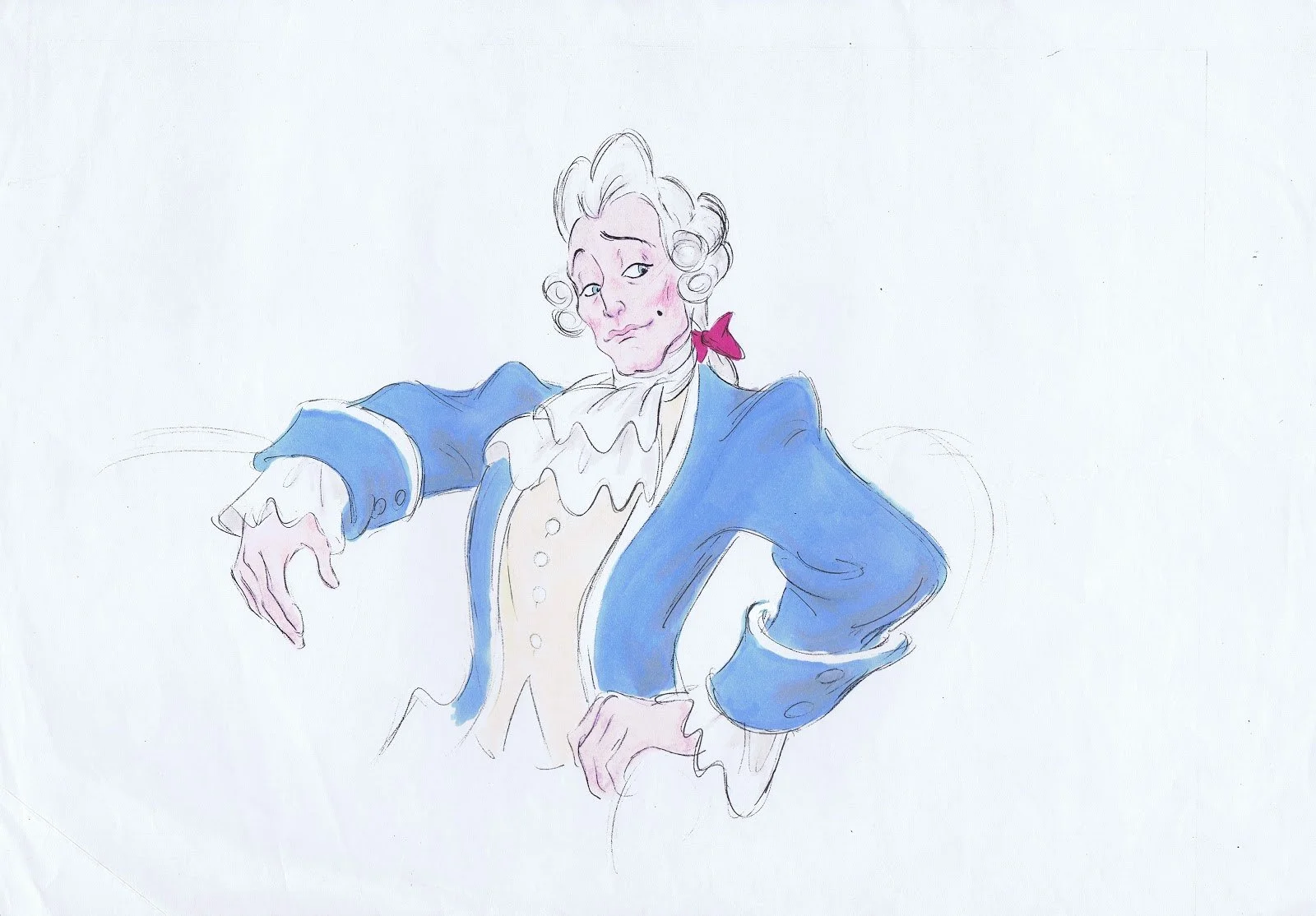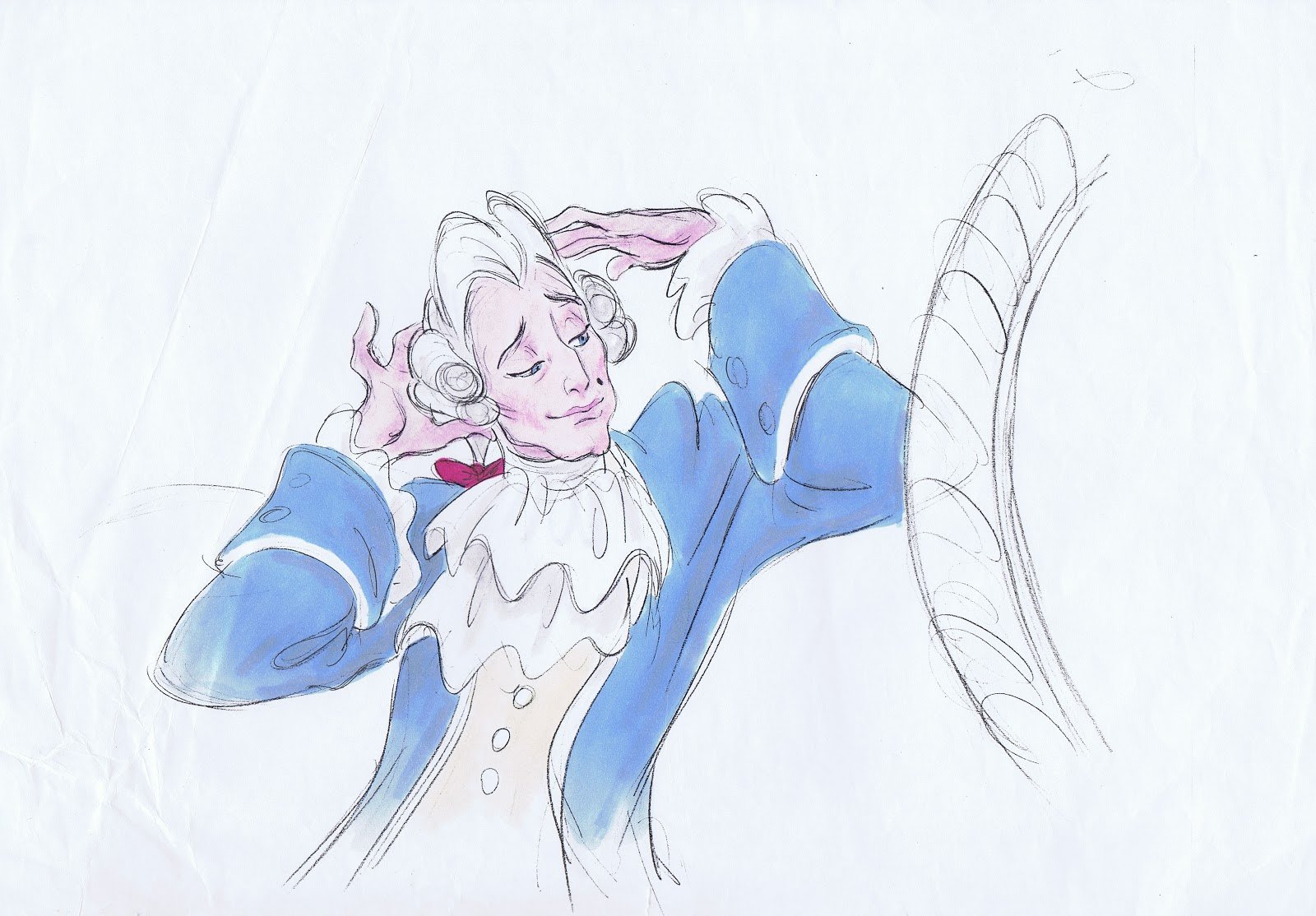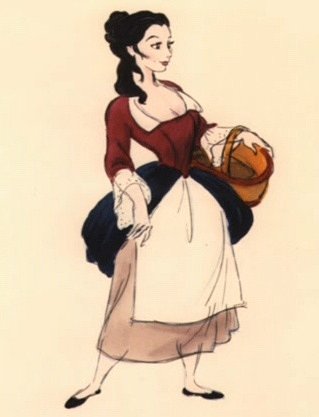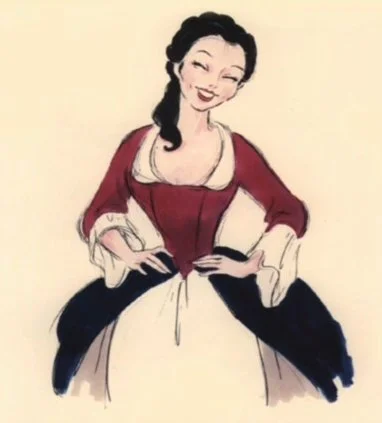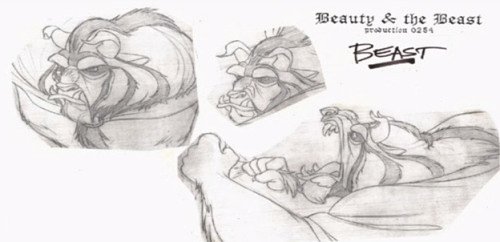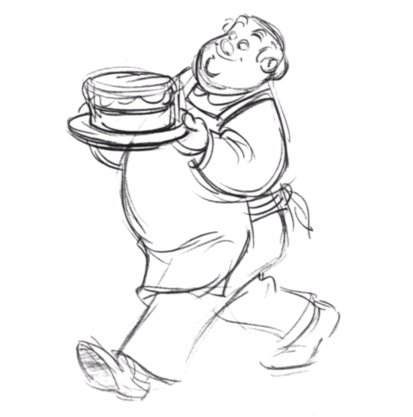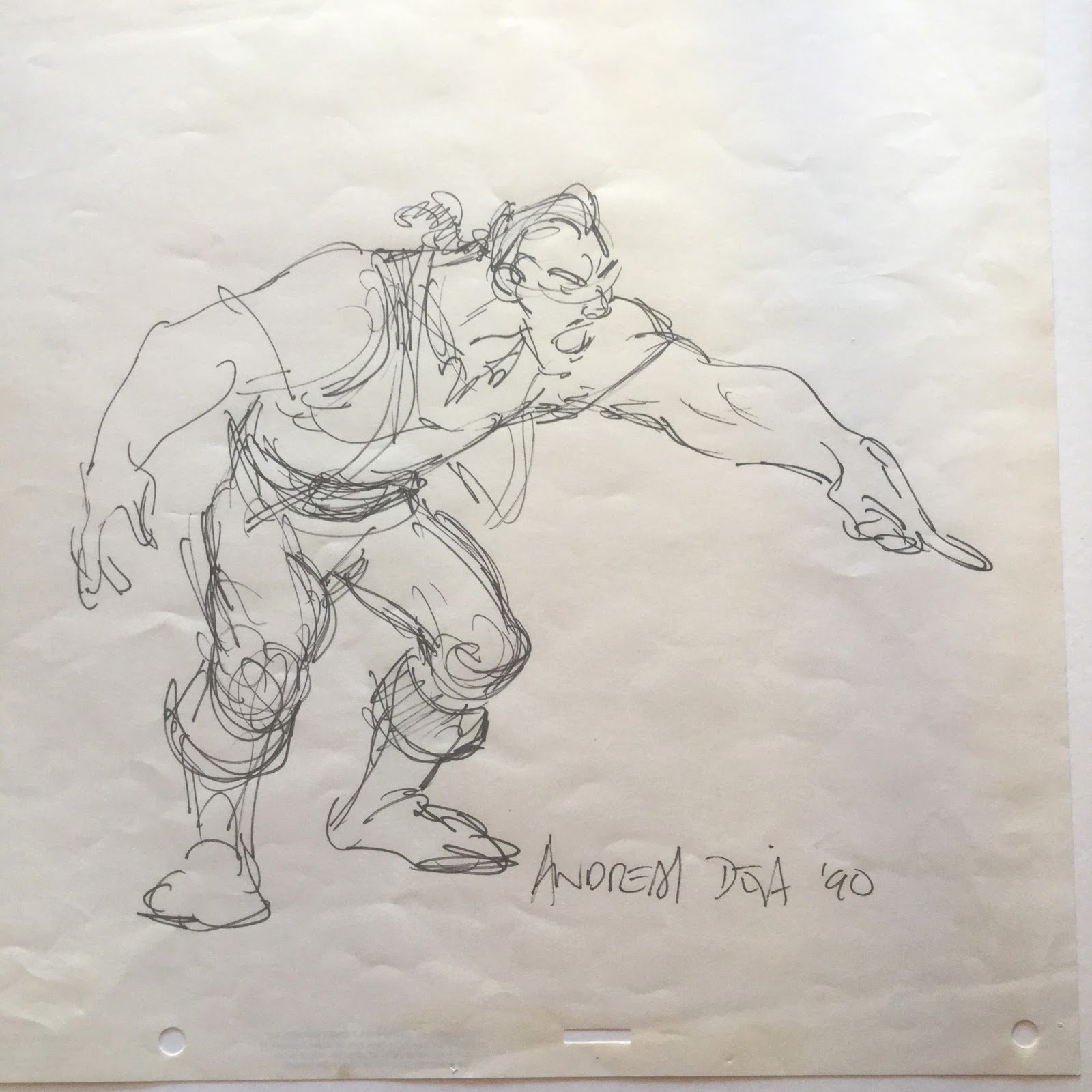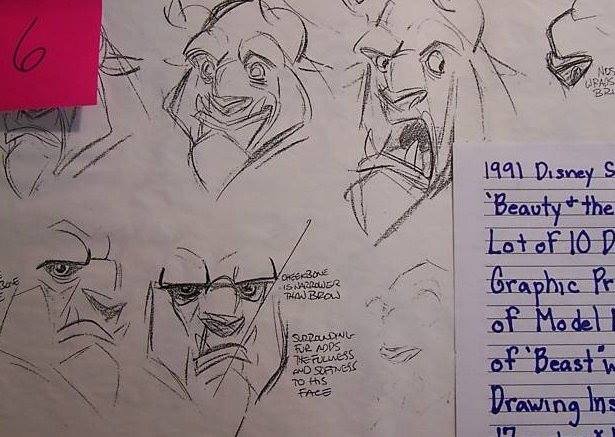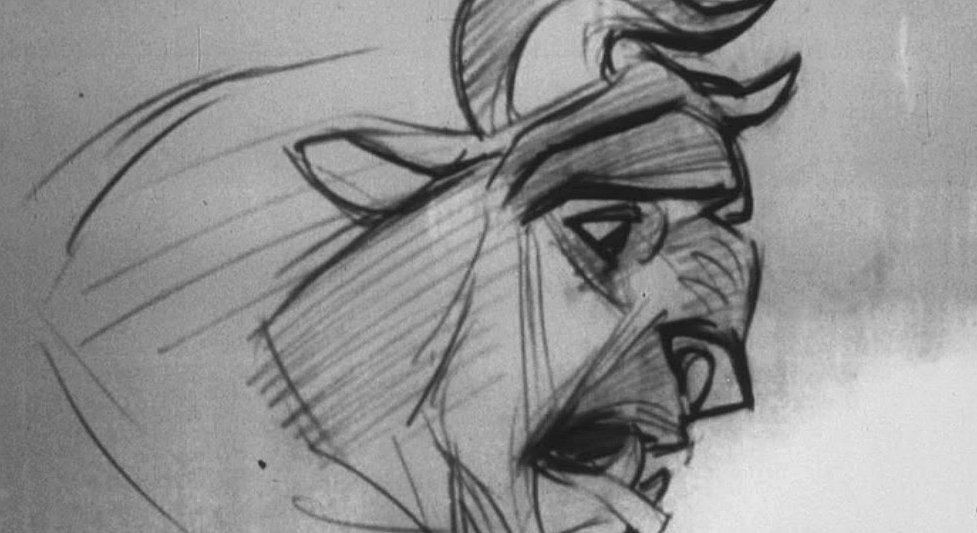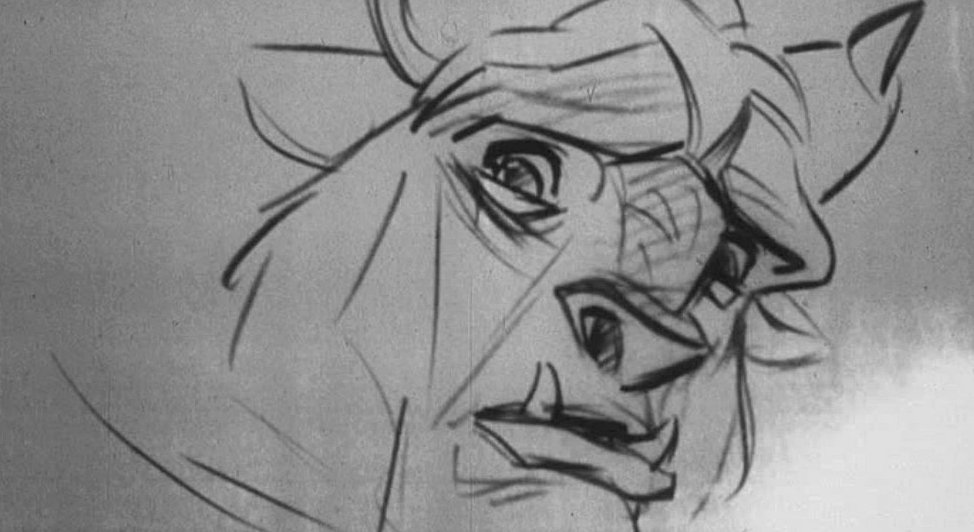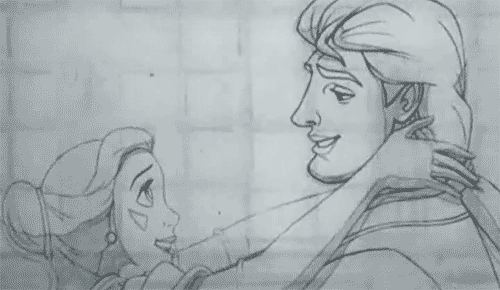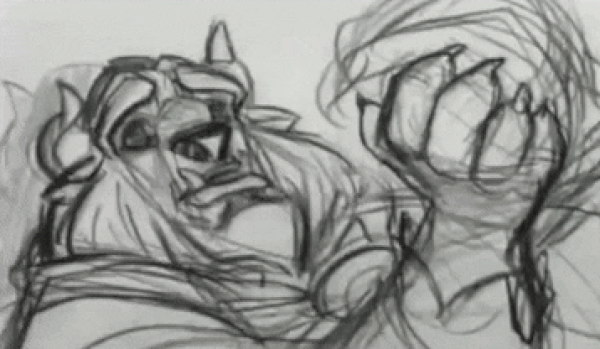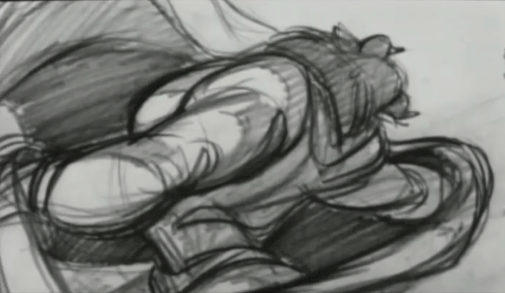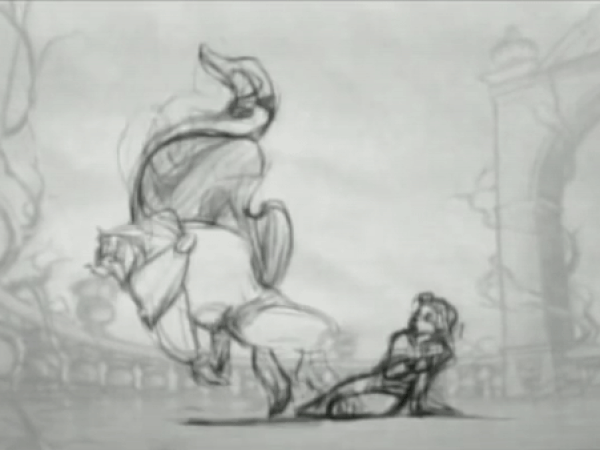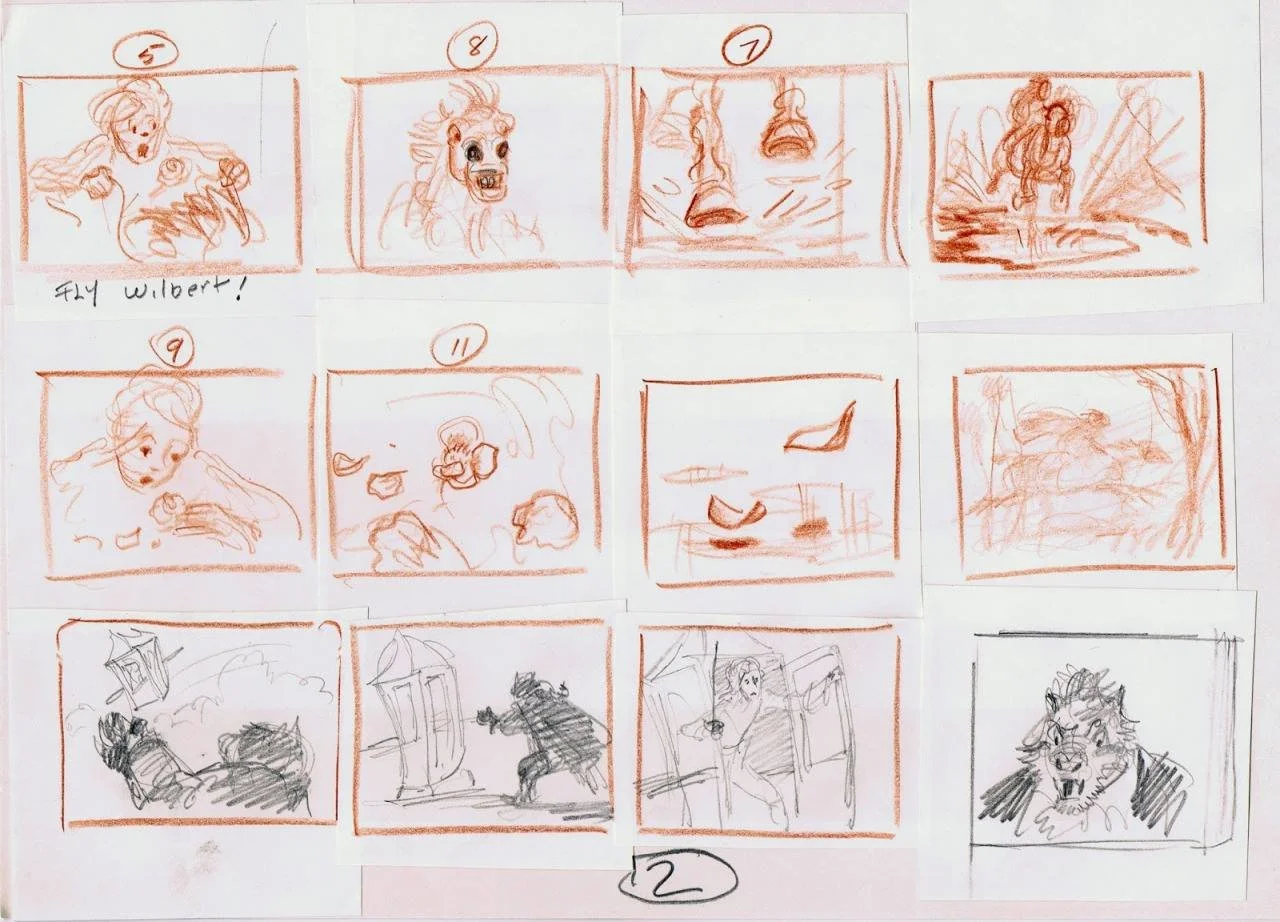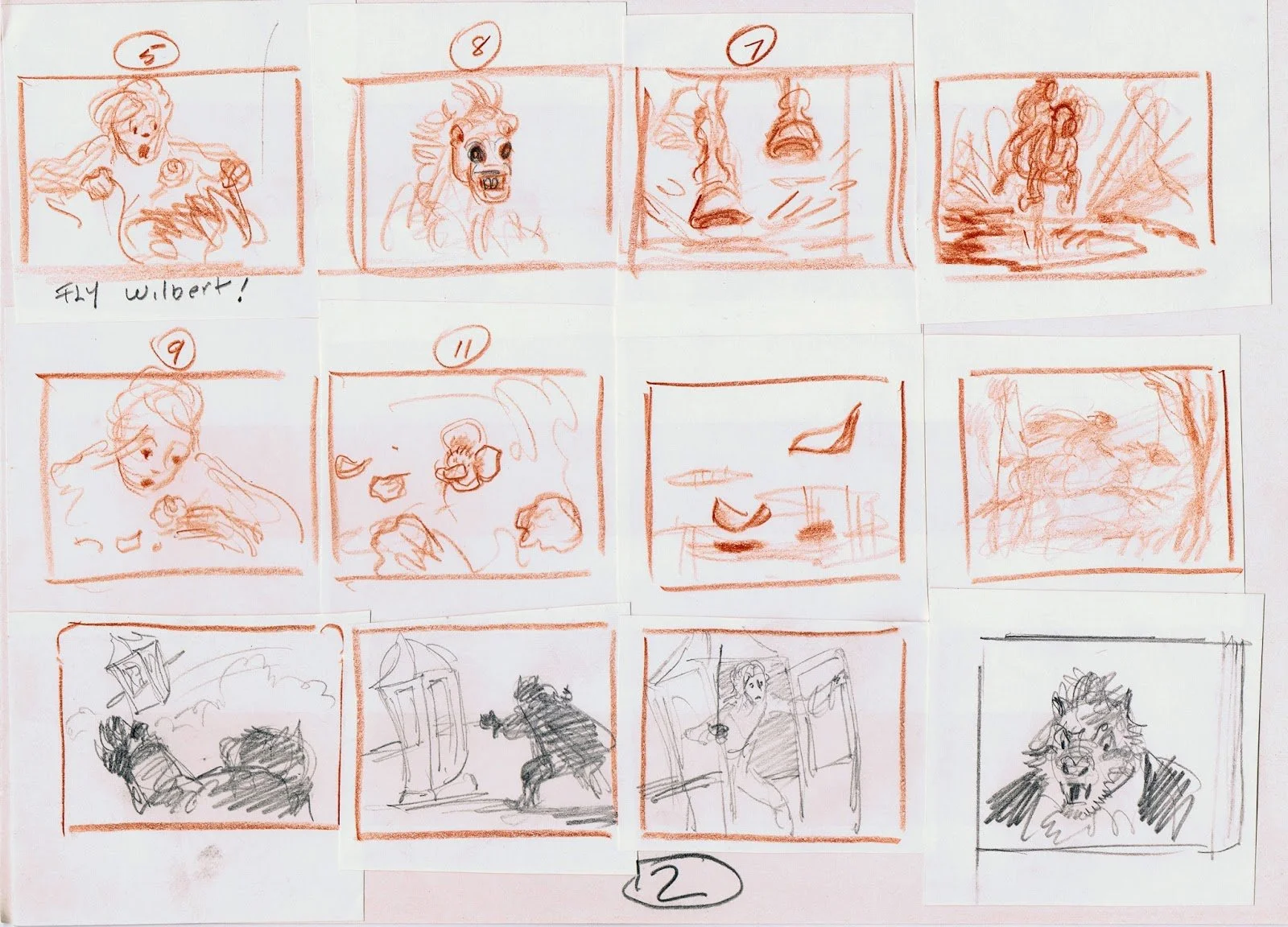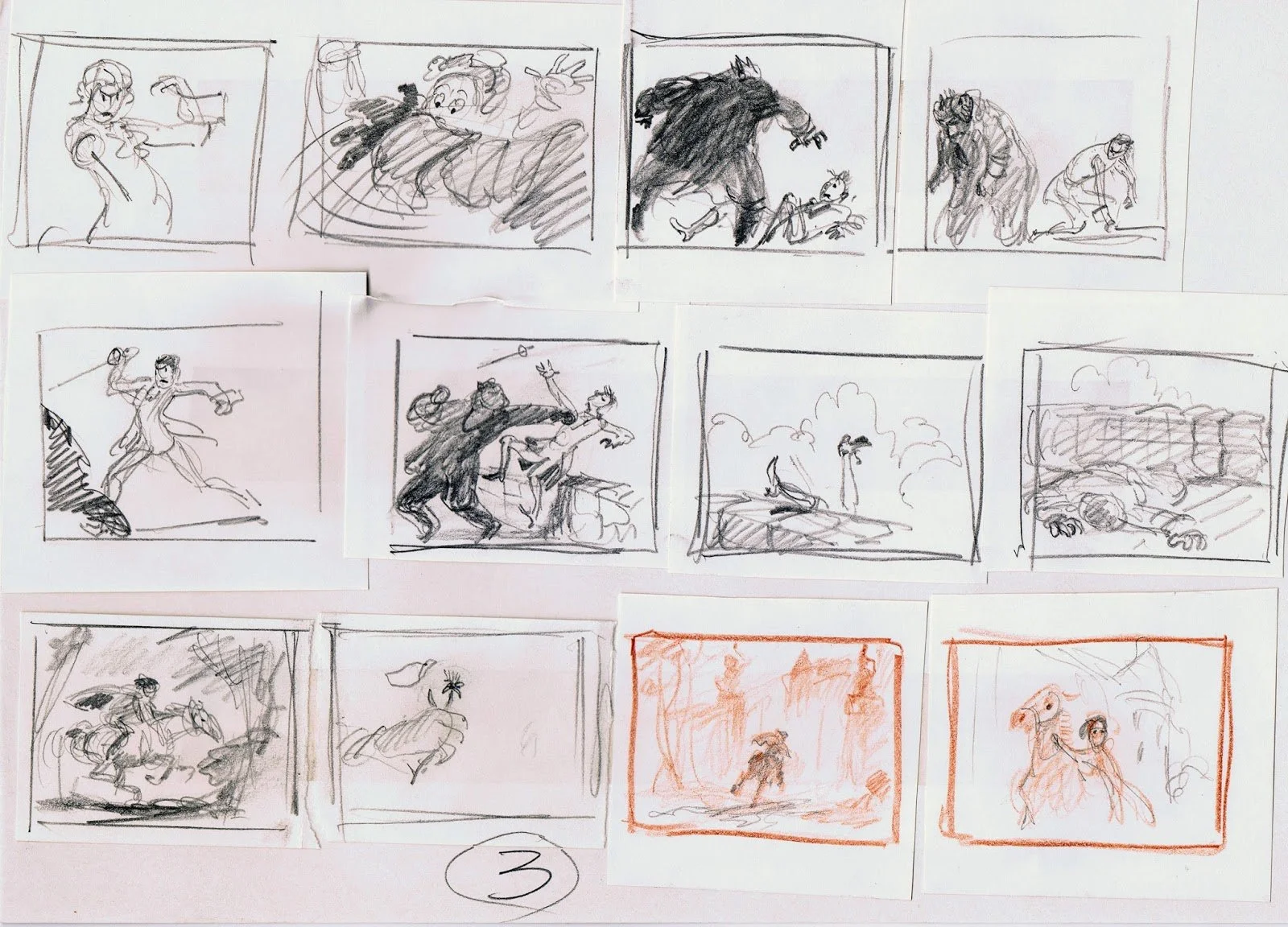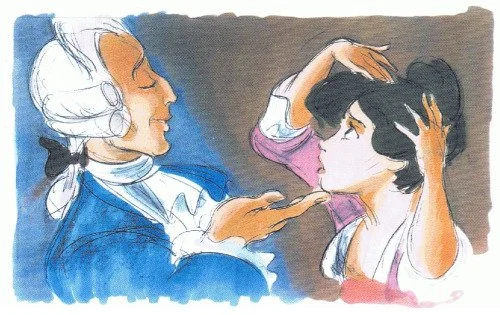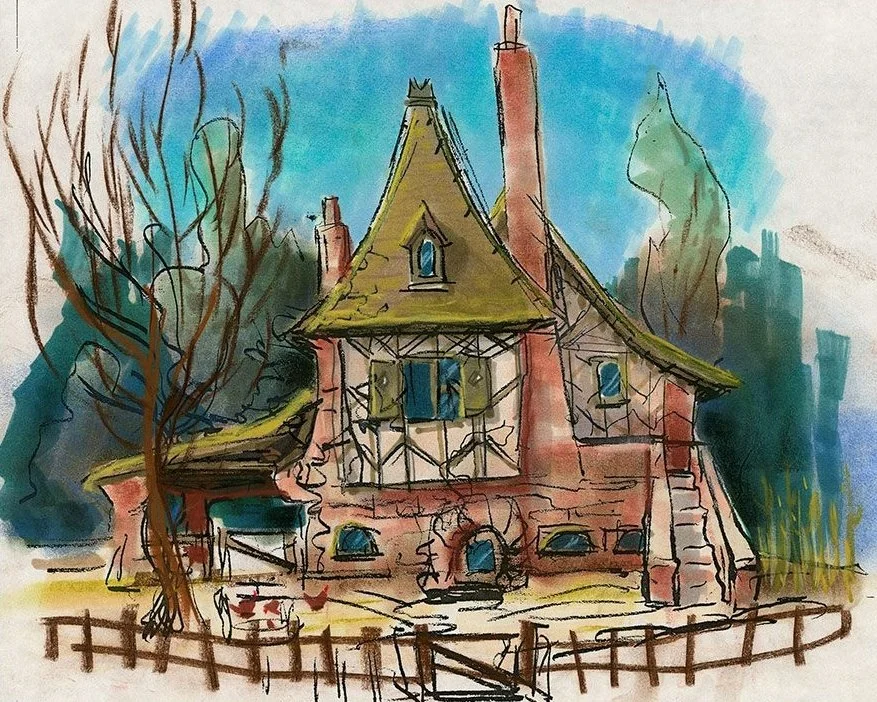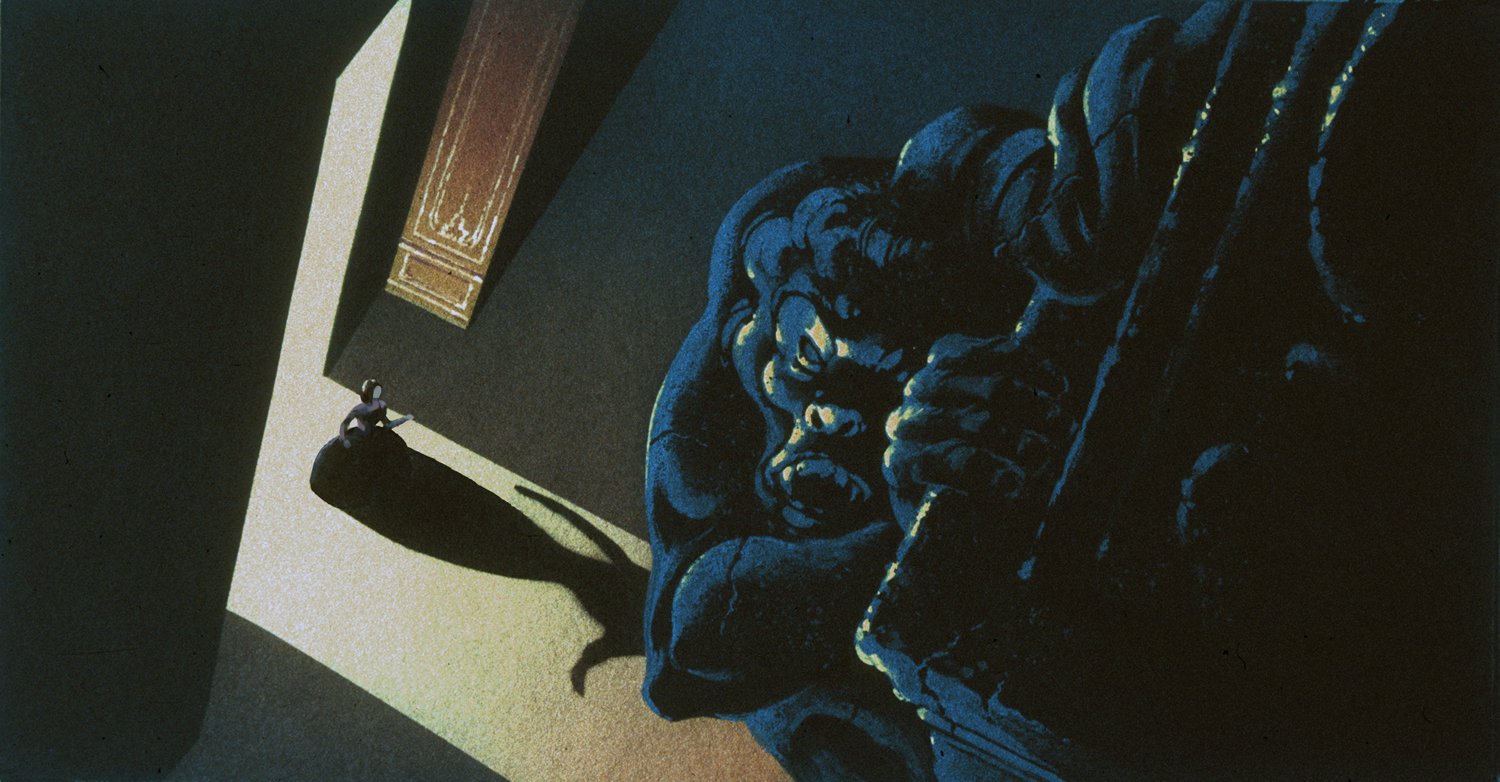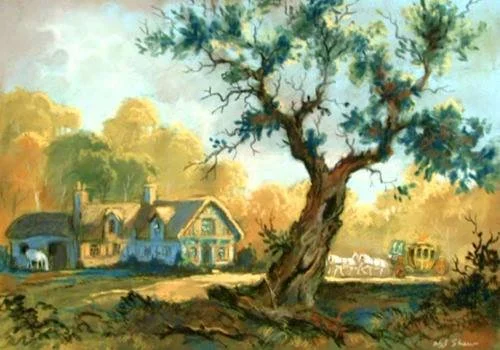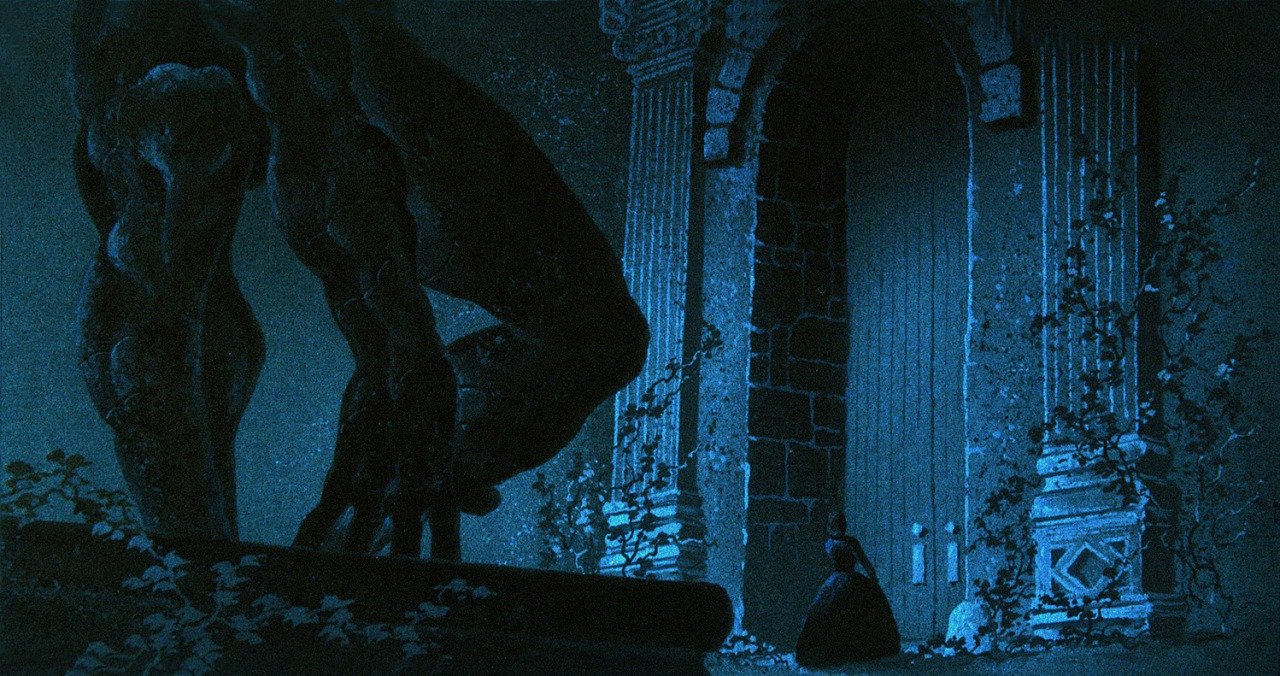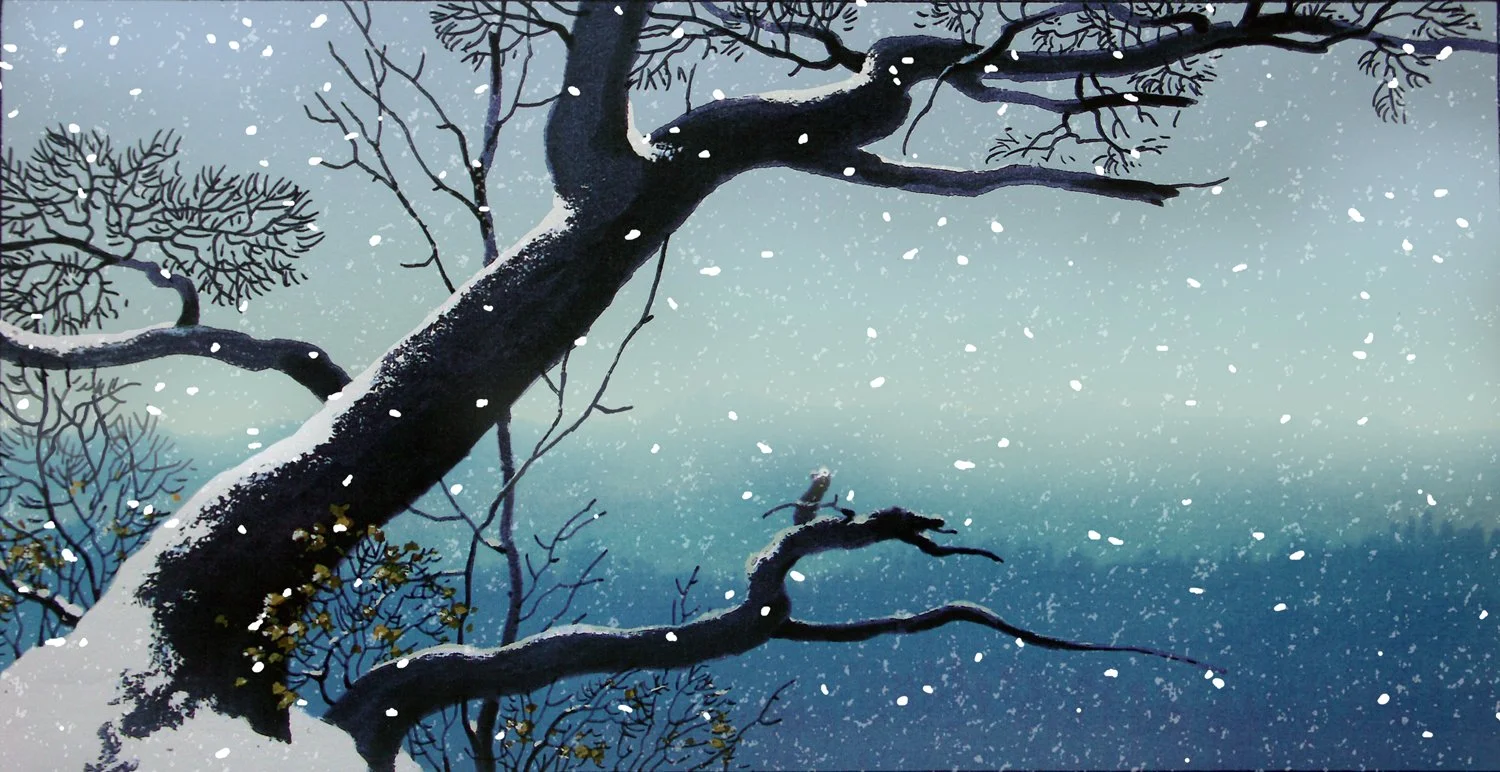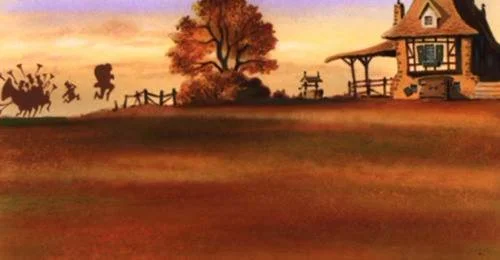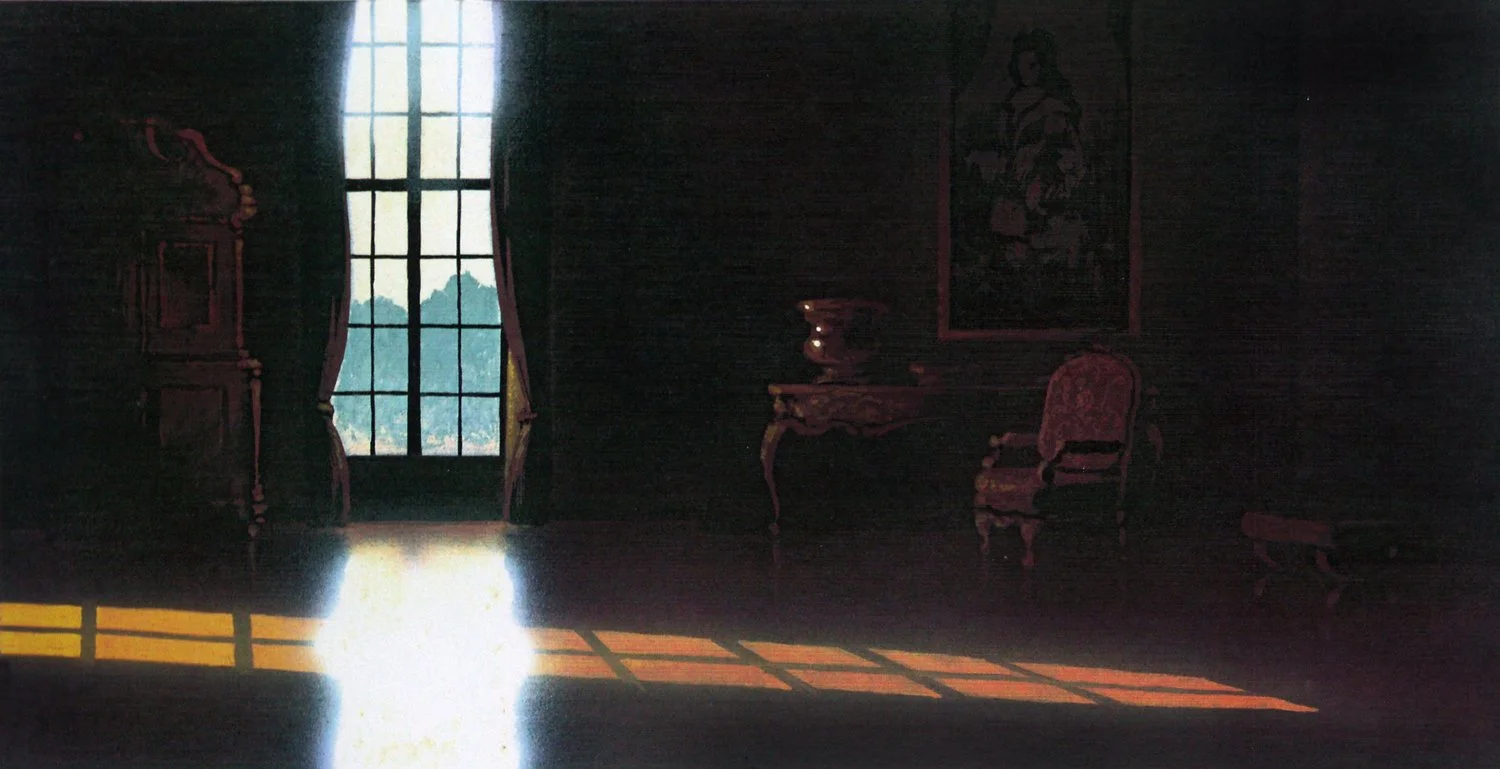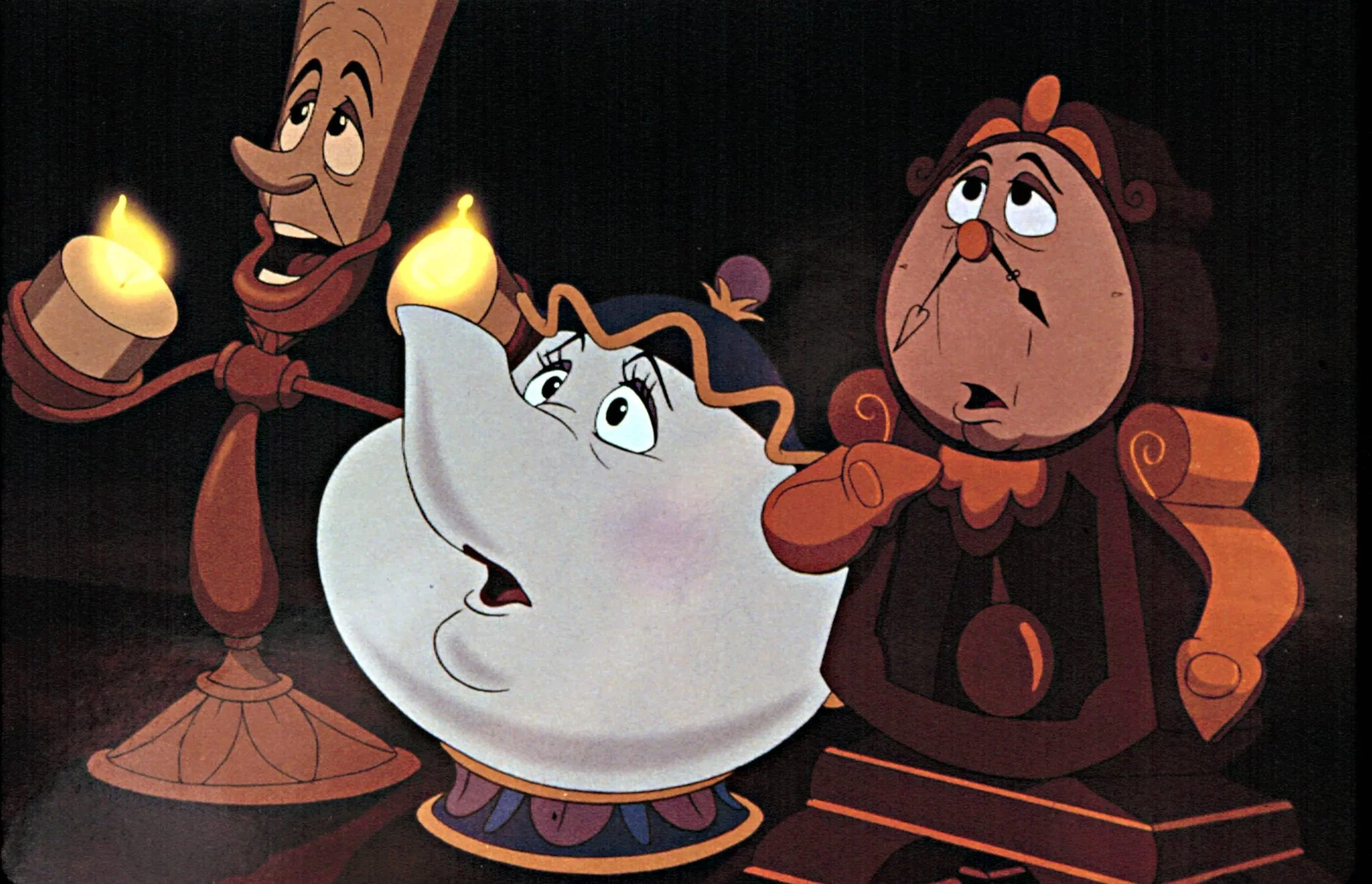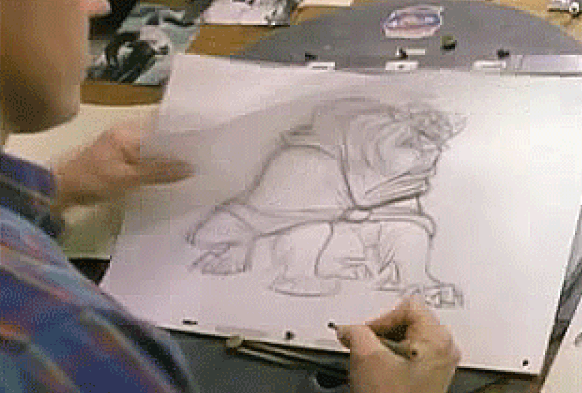Art of Beauty and the Beast
/ CDRBeauty and the Beast is an American animated film produced by Walt Disney Feature Animation and released by Walt Disney Pictures in 1991. The 30th Disney animated feature film (and the third released during the “Disney Renaissance” period), The story was based on the 1756 fairy tale of the same name by Jeanne-Marie Leprince de Beaumont (who was only credited in the French dub), while also containing ideas from the 1946 French film of the same name. The film was directed by Gary Trousdale and Kirk Wise (in their feature directorial debuts) and produced by Don Hahn, from a screenplay by Linda Woolverton.
Beauty and the Beast focus on the relationship between the Beast, a prince who is magically transformed into a monster, and his servants into household objects as punishment for his arrogance, and Belle, a young woman whom he imprisons in his castle in exchange for her father. To break the curse, the Beast must learn to love Belle and earn her love in return before the last petal falls from an enchanted rose, or else he will remain a monster forever.
After the success of Snow White and the Seven Dwarfs in 1937, Walt Disney sought out other stories to adapt into feature films, with Beauty and the Beast being among the stories he considered. Attempts to develop the Beauty and the Beast story into a film were made in the 1930s and 1950s but were ultimately given up because it "proved to be a challenge" for the story team. Decades later, during the production of Who Framed Roger Rabbit in 1987, the Disney studio resurrected Beauty and the Beast as a project for the satellite animation studio it had set up in London, England to work on Roger Rabbit. Richard Williams, who had directed the animated portions of Roger Rabbit, was approached to direct but declined in favor of continuing work on his long-gestating project The Thief and the Cobbler. In his place, Williams recommended his colleague, English animation director Richard Purdum, and work began under producer Don Hahn on a non-musical version of Beauty and the Beast set in 19th-century France. At the behest of Disney CEO Michael Eisner, Beauty and the Beast became the first Disney animated film to use a screenwriter. This was an unusual move for an animated film, which is traditionally developed on storyboards rather than in a scripted form. Linda Woolverton wrote the original draft of the story before storyboarding began, and worked with the story team to retool and develop the film.
Upon seeing the initial storyboard reels in 1989, Walt Disney Studios chairman Jeffrey Katzenberg was dissatisfied with Purdum's idea and ordered that the film be scrapped and started over from scratch. A few months after starting anew, Purdum resigned as director. The studio had approached John Musker and Ron Clements to direct the film, but they turned down the offer, saying they were "tired" after just having finished directing Disney's recent success The Little Mermaid.
Production of Beauty and the Beast was to be completed on a compressed timeline of two years rather than the traditional four-year Disney Feature Animation production schedule; this was due to the loss of production time spent developing the earlier Purdum version of the film. Most of the production was done at the main Feature Animation studio, housed in the Air Way facility in Glendale, California. A smaller team at the Disney-MGM Studios theme park in Lake Buena Vista, Florida assisted the California team on several scenes, particularly the "Be Our Guest" number.
Beauty and the Beast was the second film, after The Rescuers Down Under, produced using CAPS (Computer Animation Production System), a digital scanning, ink, paint, and compositing system of software and hardware developed for Disney by Pixar. The software allowed for a wider range of colors, as well as soft shading and colored line effects for the characters, techniques lost when the Disney studio abandoned hand-inking for xerography in the early 1960s. CAPS/ink & paint also allowed the production crew to simulate multiplane effects: placing characters and/or backgrounds on separate layers and moving them towards/away from the camera on the Z-axis to give the illusion of depth, as well as altering the focus of each layer. In addition, CAPS/ink & paint allowed an easier combination of hand-drawn art with computer-generated imagery, which before had to be plotted to animation paper and then xeroxed and painted traditionally. This technique was put to significant use during the "Beauty and the Beast" waltz sequence, in which Belle and Beast dance through a computer-generated ballroom as the camera dollies around them in simulated 3D space.
The filmmakers had originally decided against the use of computers in favor of traditional animation, but later, when the technology had improved, decided it could be used for the one scene in the ballroom. Before that, CGI environments had first been printed out as wireframes, but this was the first time Disney made use of 3D rendering. The success of the ballroom sequence helped convince studio executives to further invest in computer animation. The final dance between Belle and the Prince was reused from the final dance sequence between Princess Aurora and Prince Phillip from the 1959 film Sleeping Beauty. According to Trousdale, this was done because the production of the film was nearing the deadline, and this was the easiest way to do that sequence.
The pictures on this page are a collection of artworks created for this movie.
THE STORY
An enchantress disguised as a beggar woman visits a castle and offers an enchanted rose to a cruel and selfish prince in exchange for shelter from a storm. When he refuses, she reveals her identity and transforms the prince into a beast and his servants into household objects. She warns the prince that the spell will only be broken if he learns to love another and be loved in return before the last petal falls, or he will remain a beast forever. Several years later, in a nearby village, Belle, the book-loving daughter of an eccentric inventor named Maurice, dreams of adventure. She frequently tries to avoid Gaston, a narcissistic hunter who wants to marry her because of her beauty.
En route to a fair to showcase his latest invention, an automatic wood chopper, Maurice gets lost in the forest and seeks refuge in the Beast's castle; there, the Beast finds Maurice and imprisons him for trespassing. When Maurice's horse returns alone, Belle ventures out searching for her father, finding him locked in the castle dungeon. The Beast agrees to free Maurice if she takes his place as a prisoner. Belle befriends the castle's servants: Lumière the candelabra, Cogsworth the clock, Mrs. Potts the teapot, and her son Chip, the teacup; they serve her a dinner through song. When she wanders into the forbidden west wing and finds the rose, the Beast catches her and angrily forces her to flee the castle. In the woods, she is ambushed by a pack of wolves, but the Beast rescues her, and is injured in the process. As Belle nurses his injuries, a rapport develops between them and as time passes, they begin to fall in love…

Ready for more?
Discover thousands of model sheets, concept designs, background paintings from the best animation movies and TV series!




